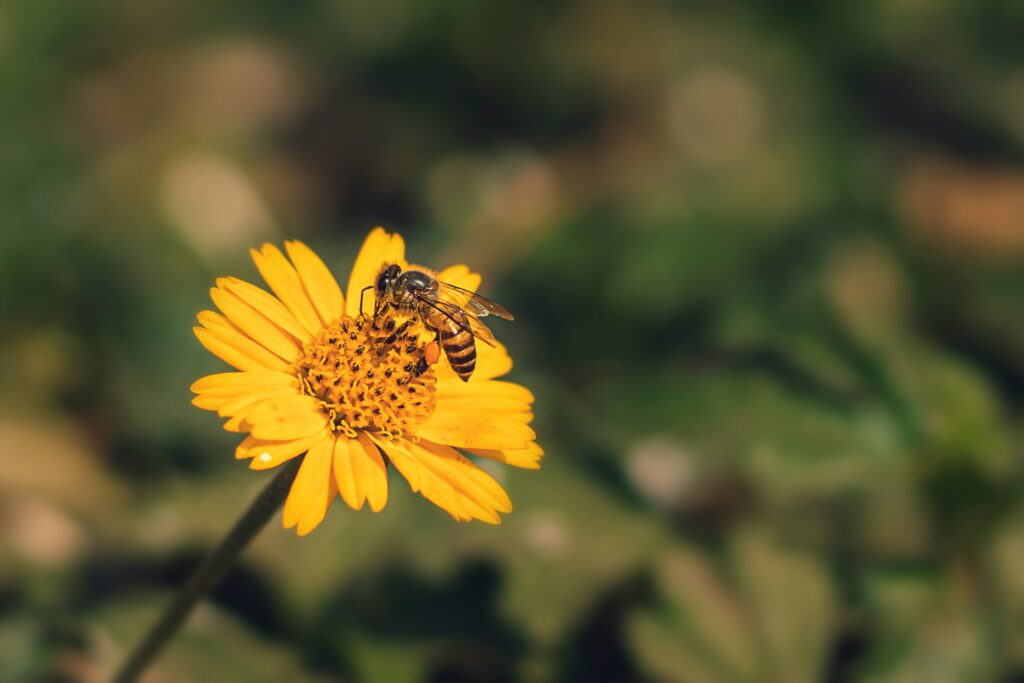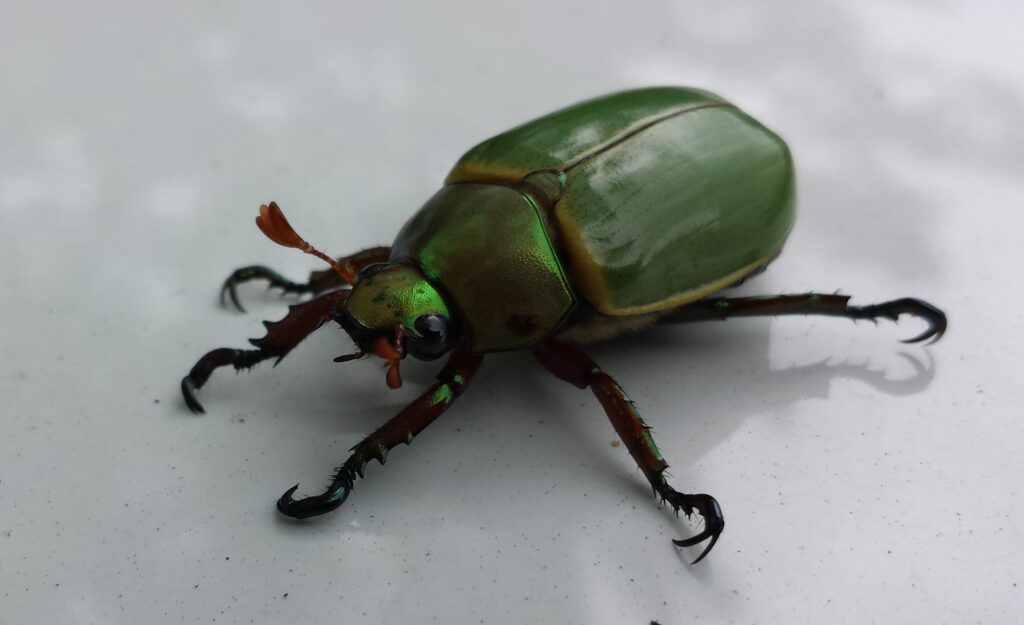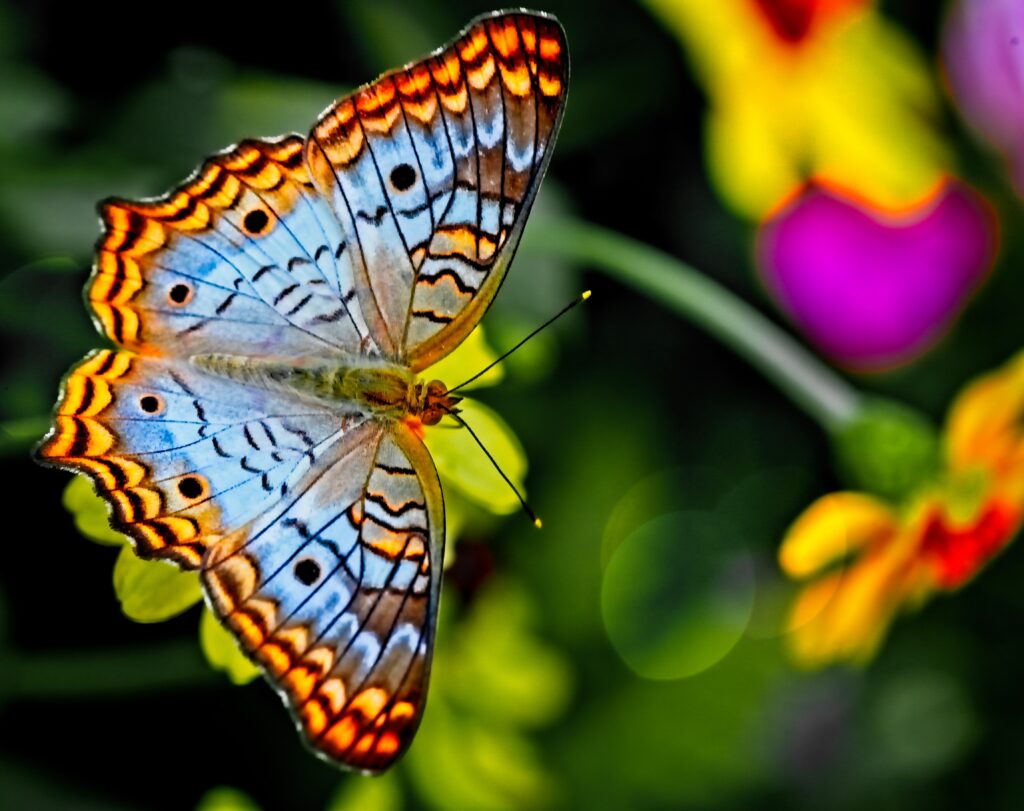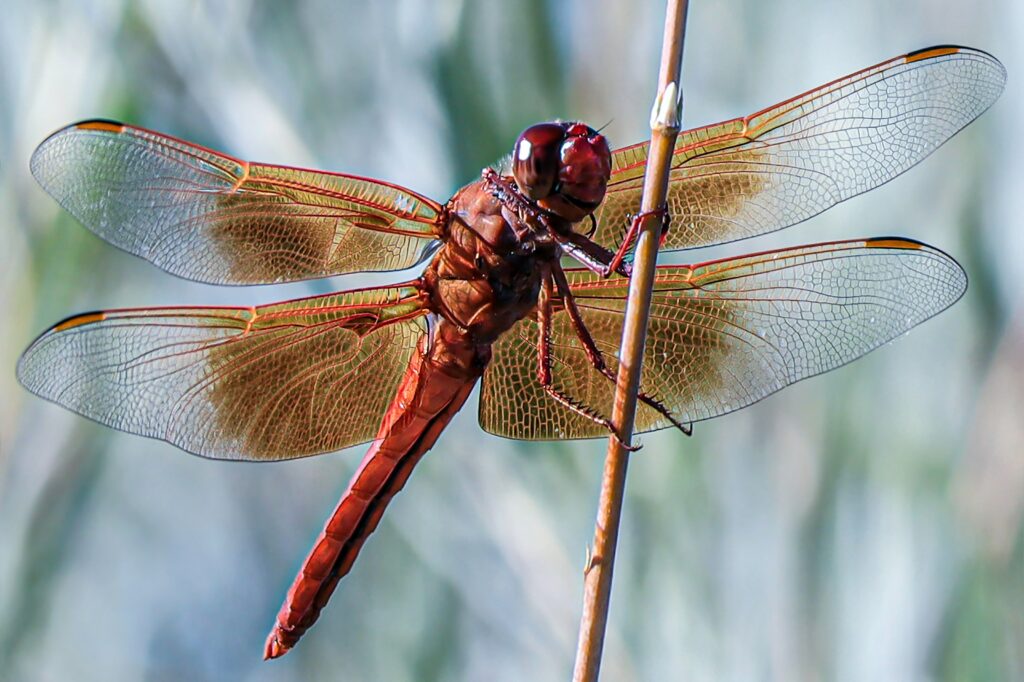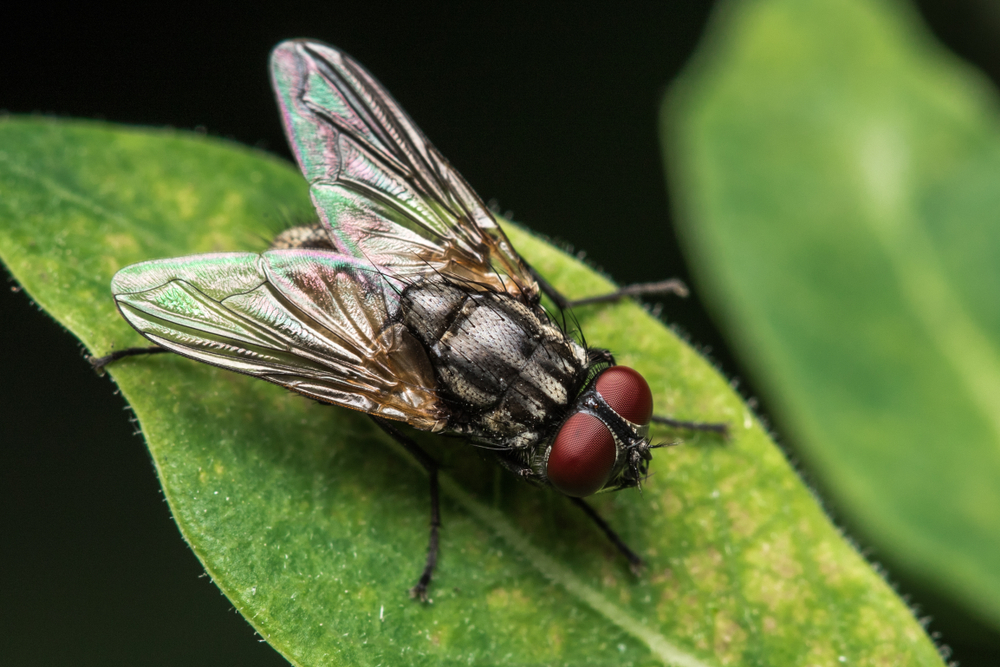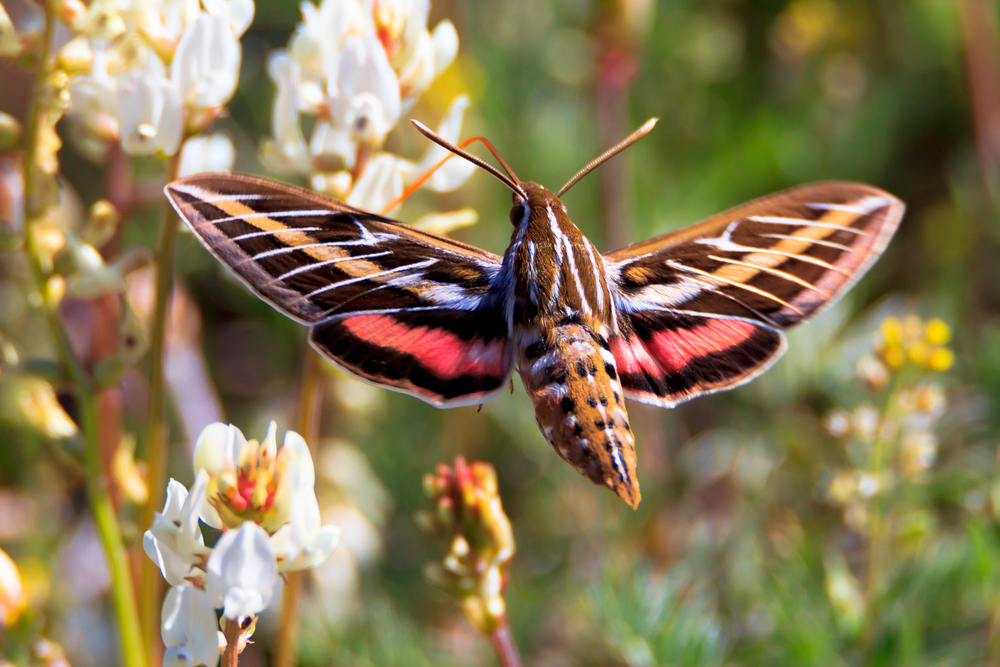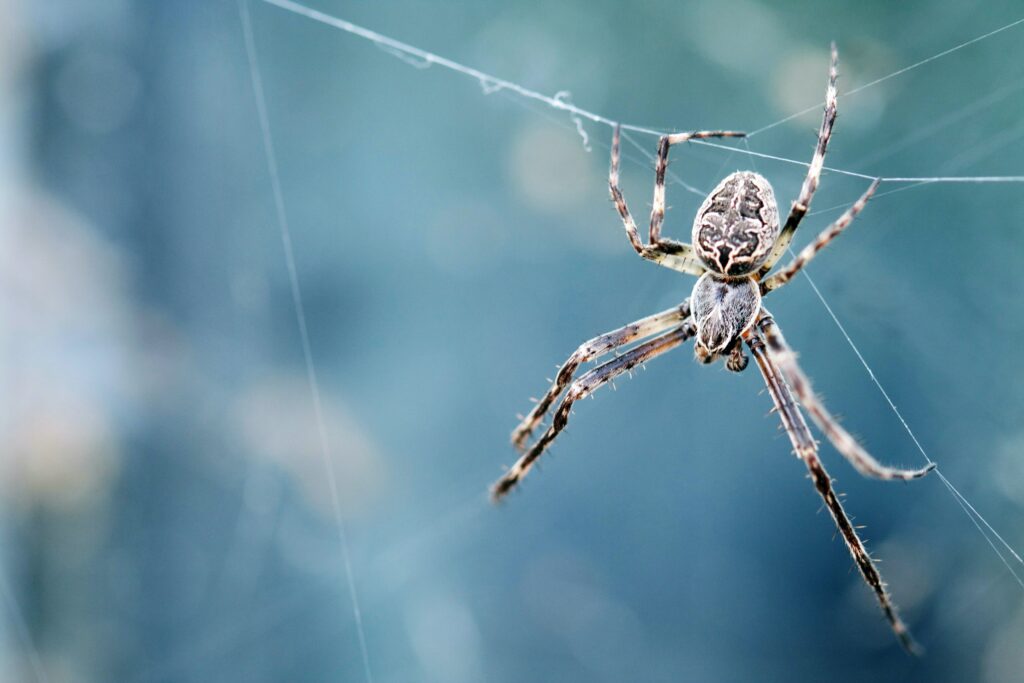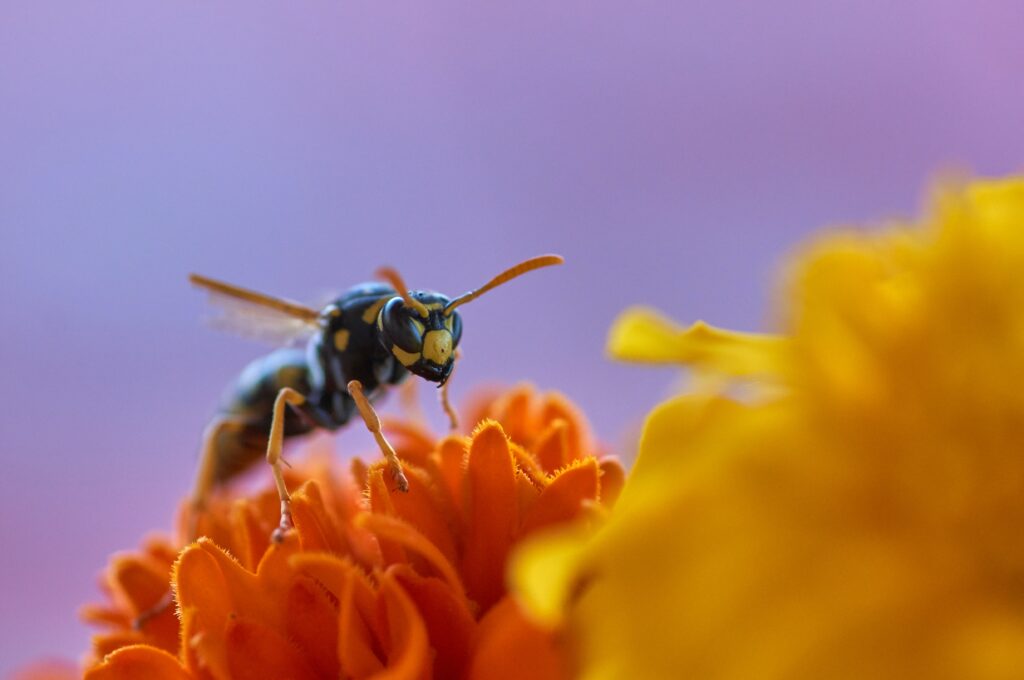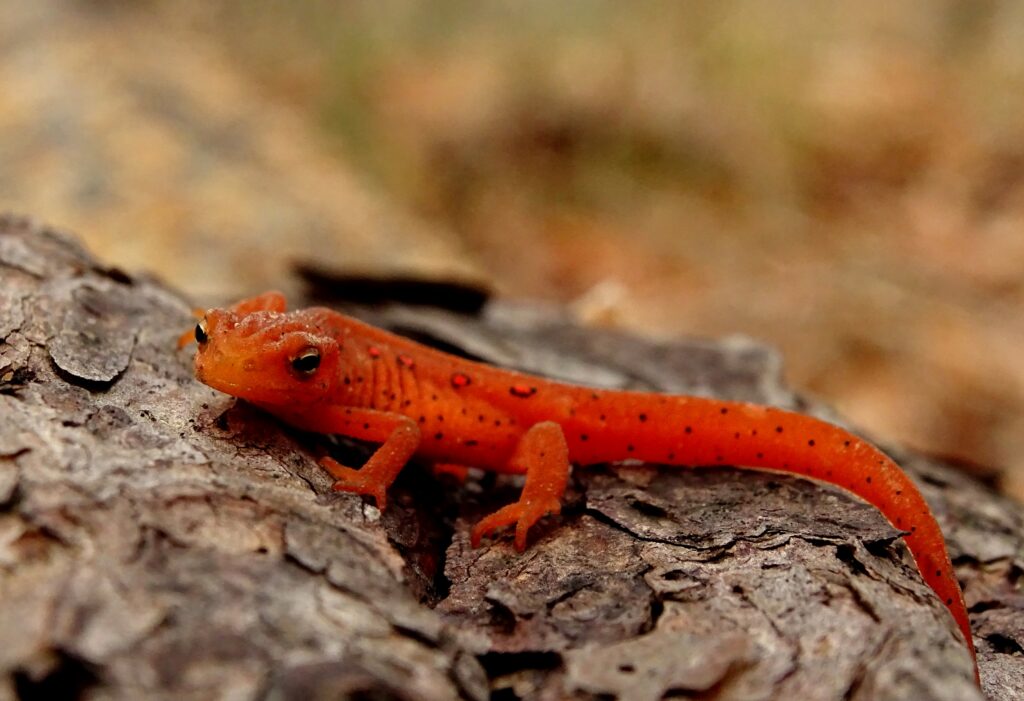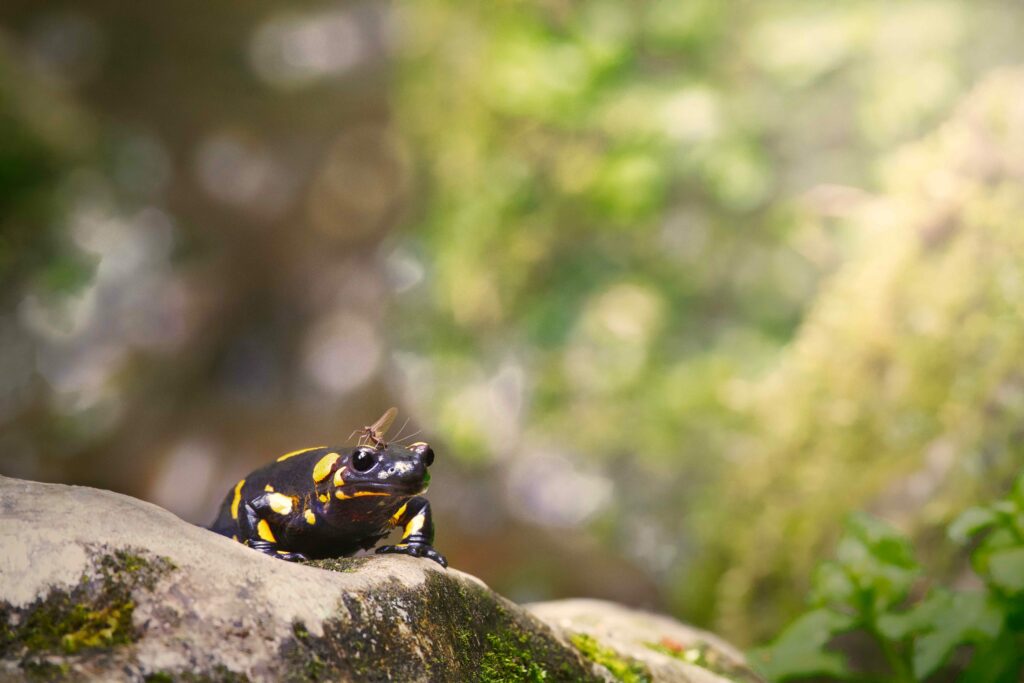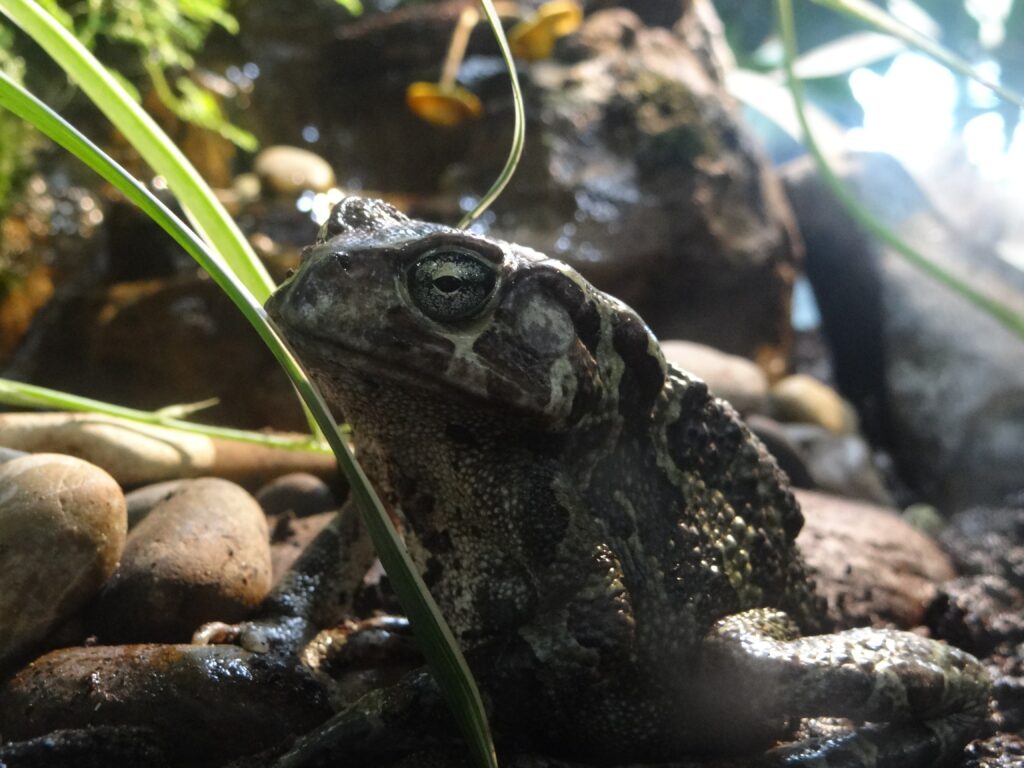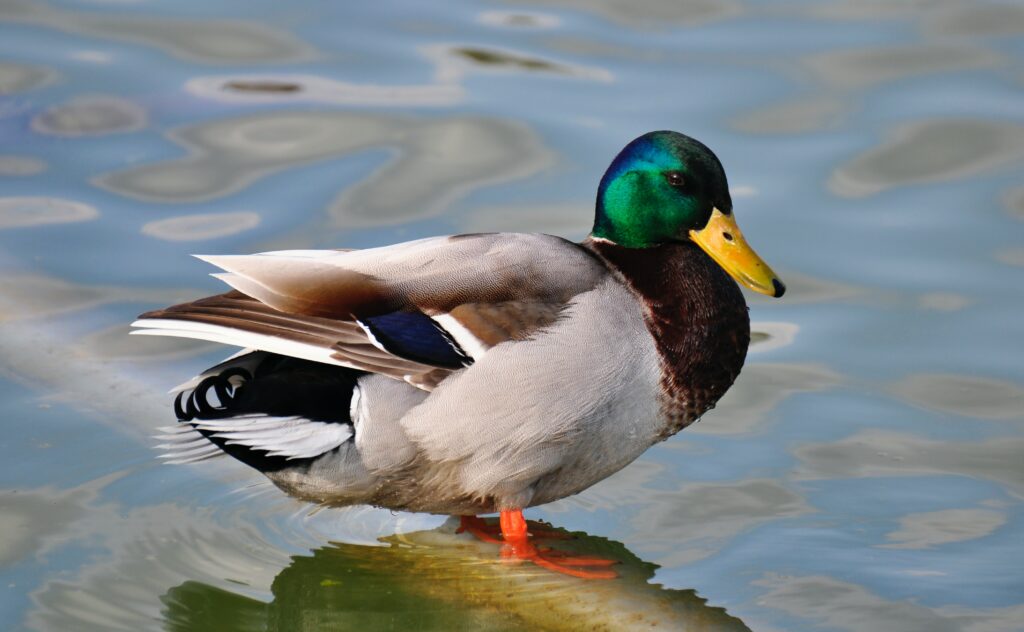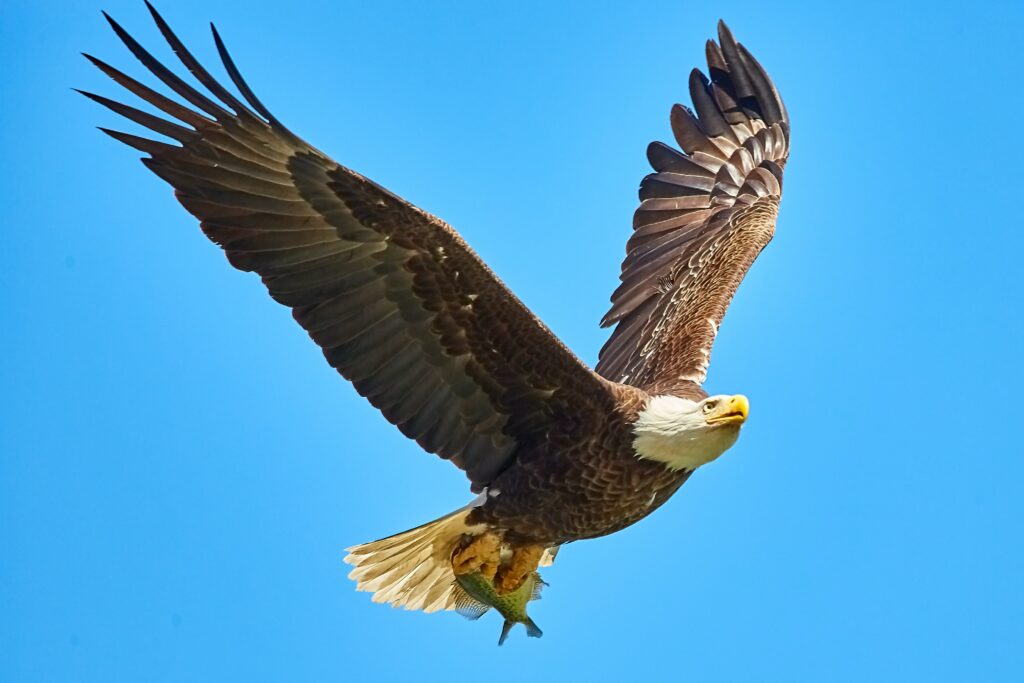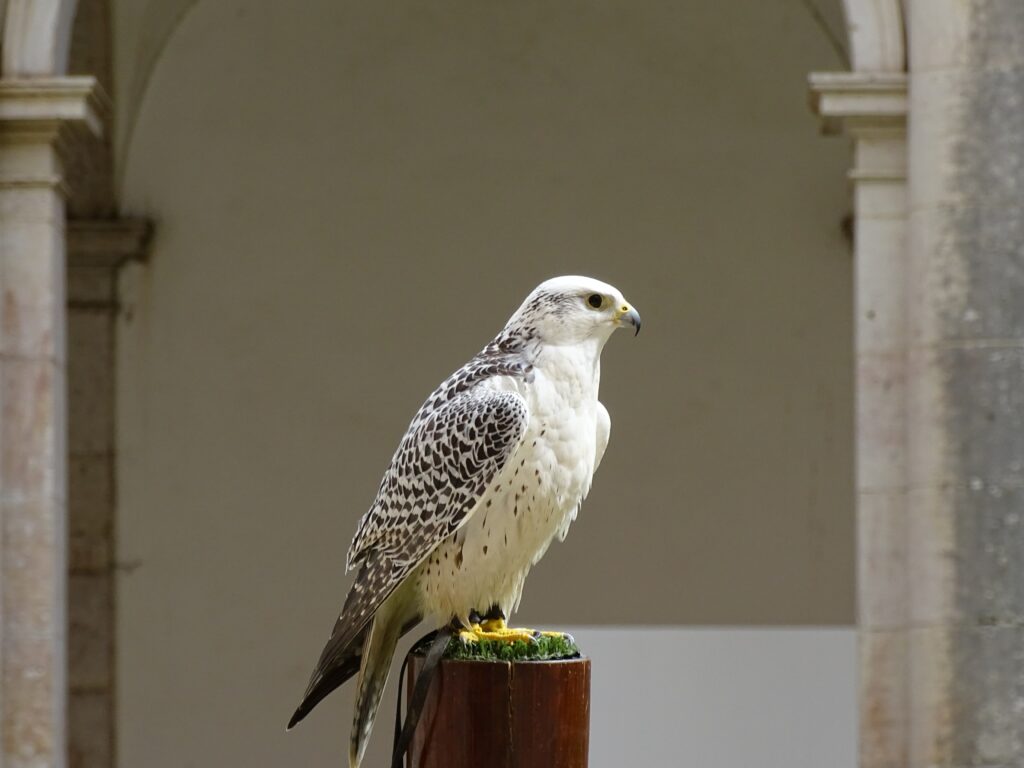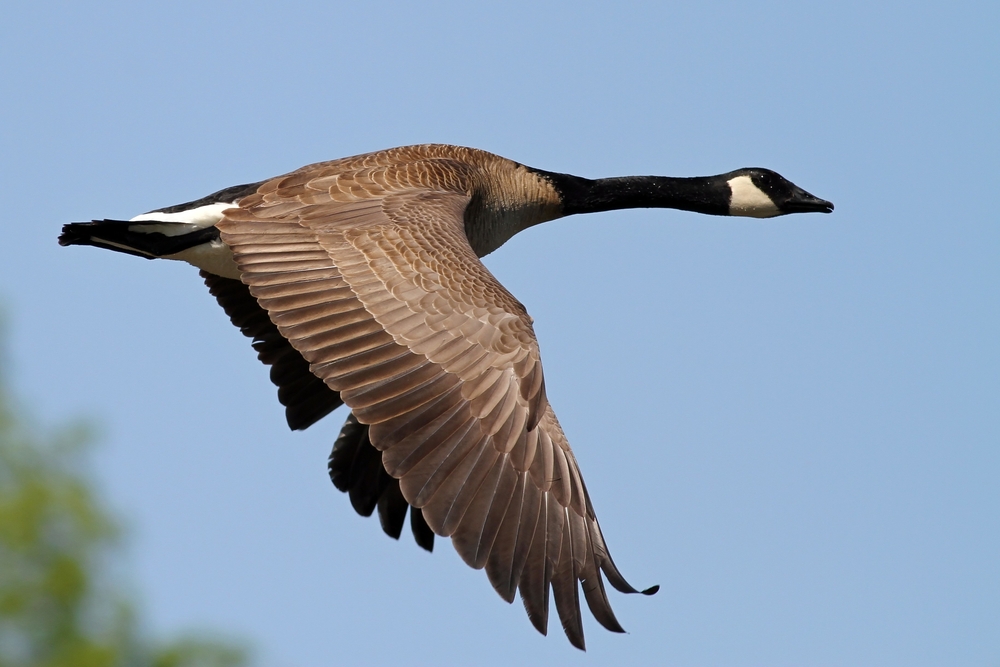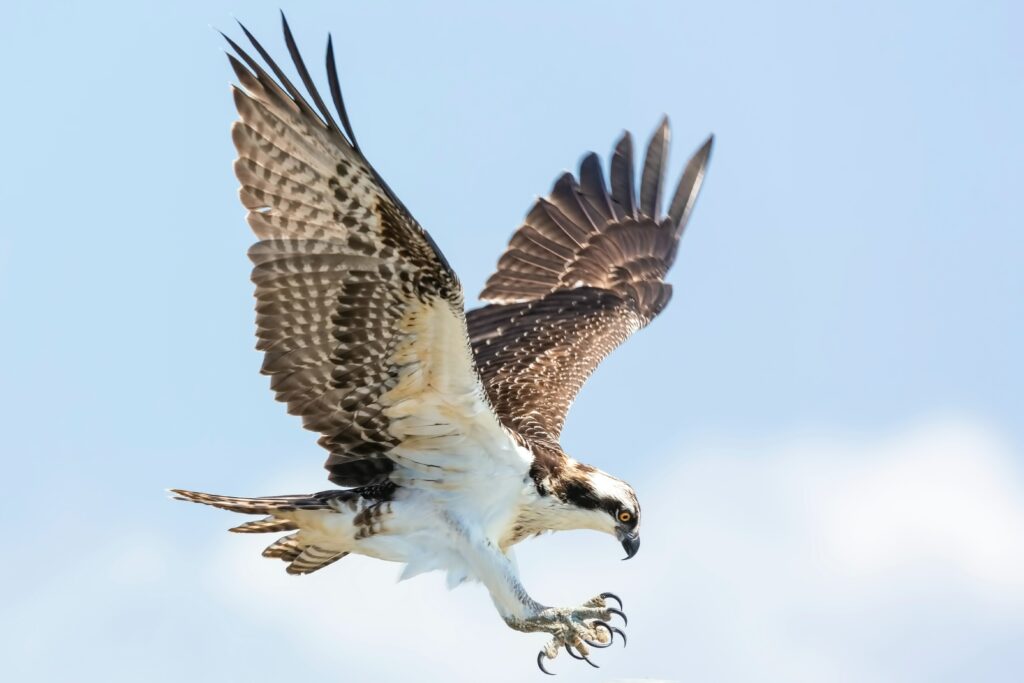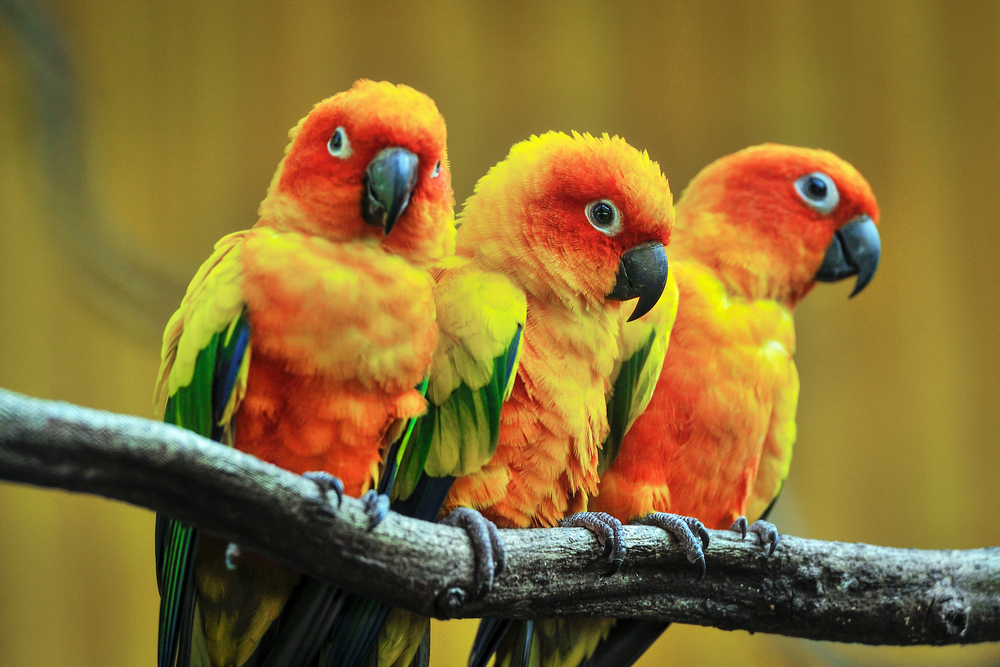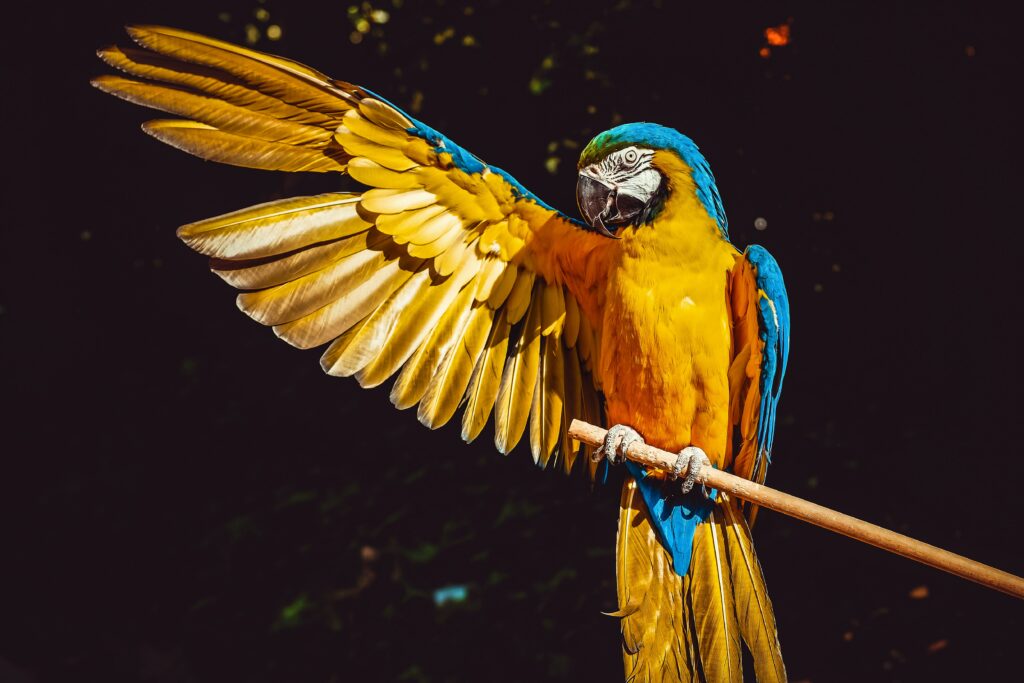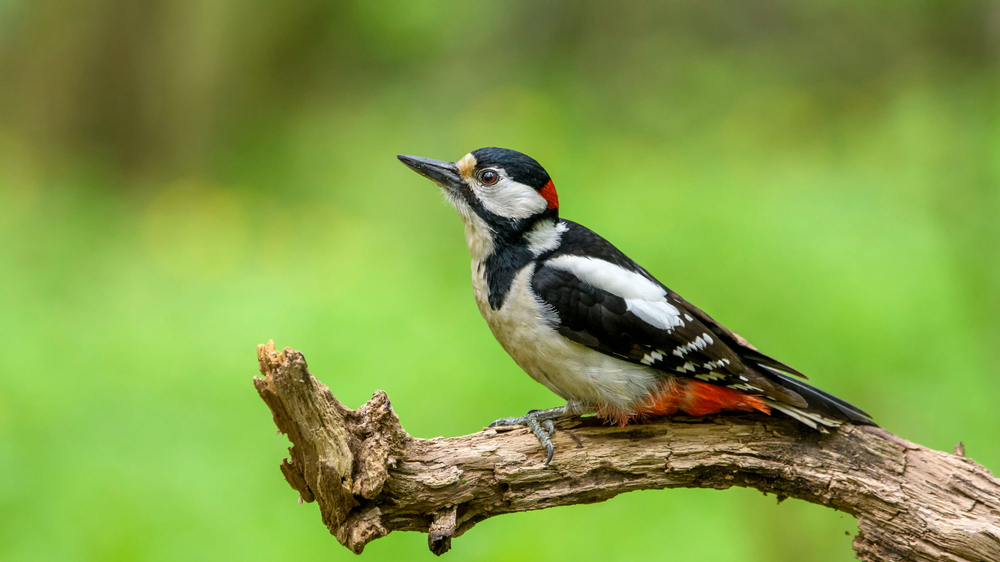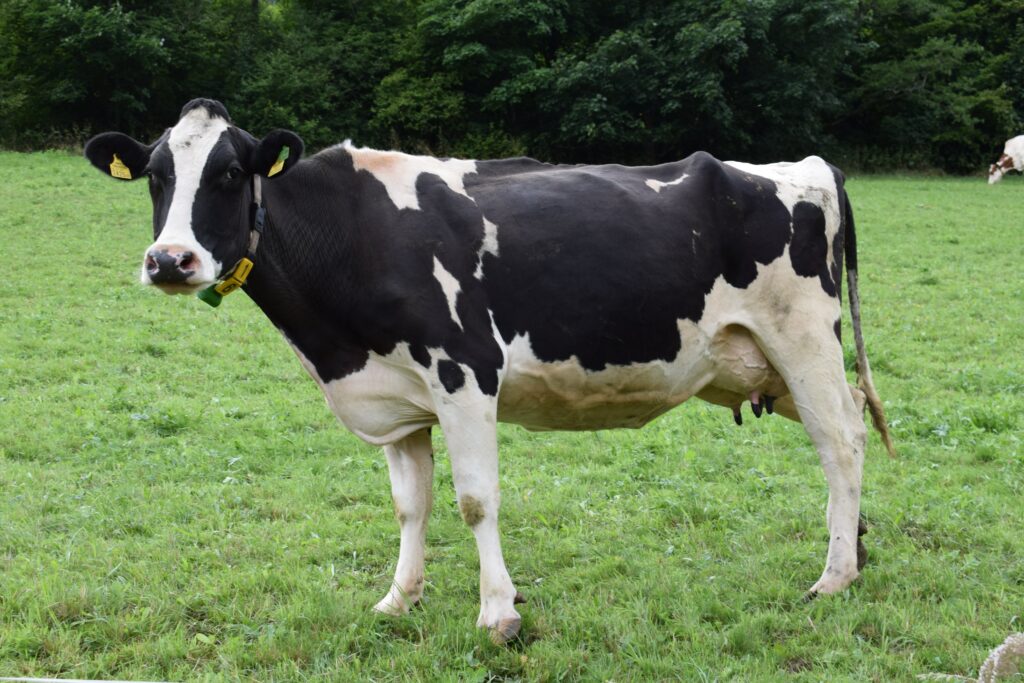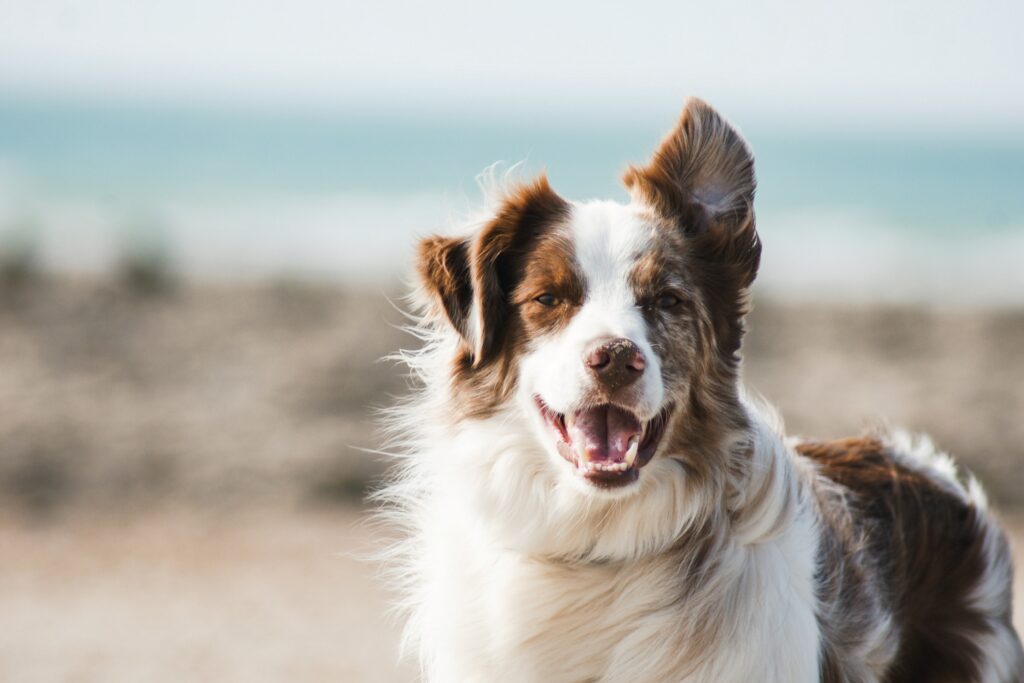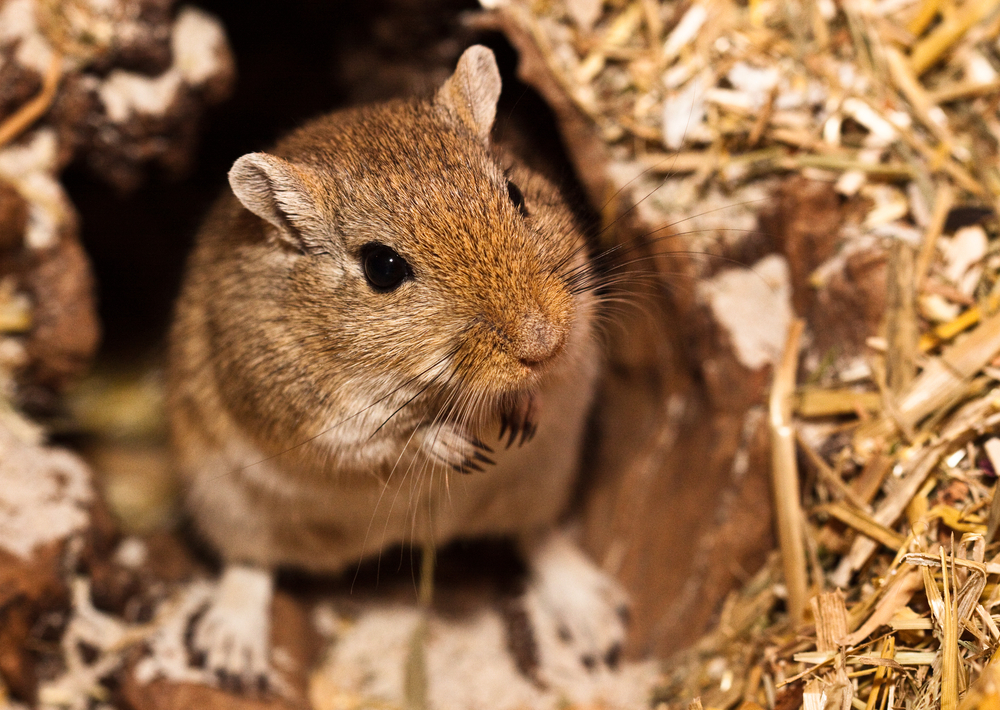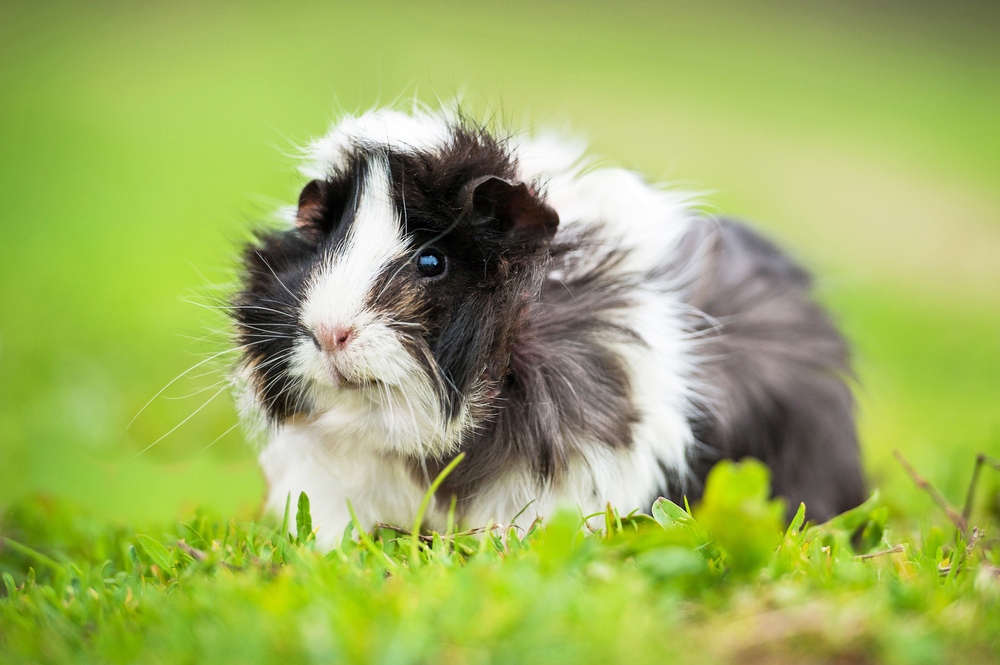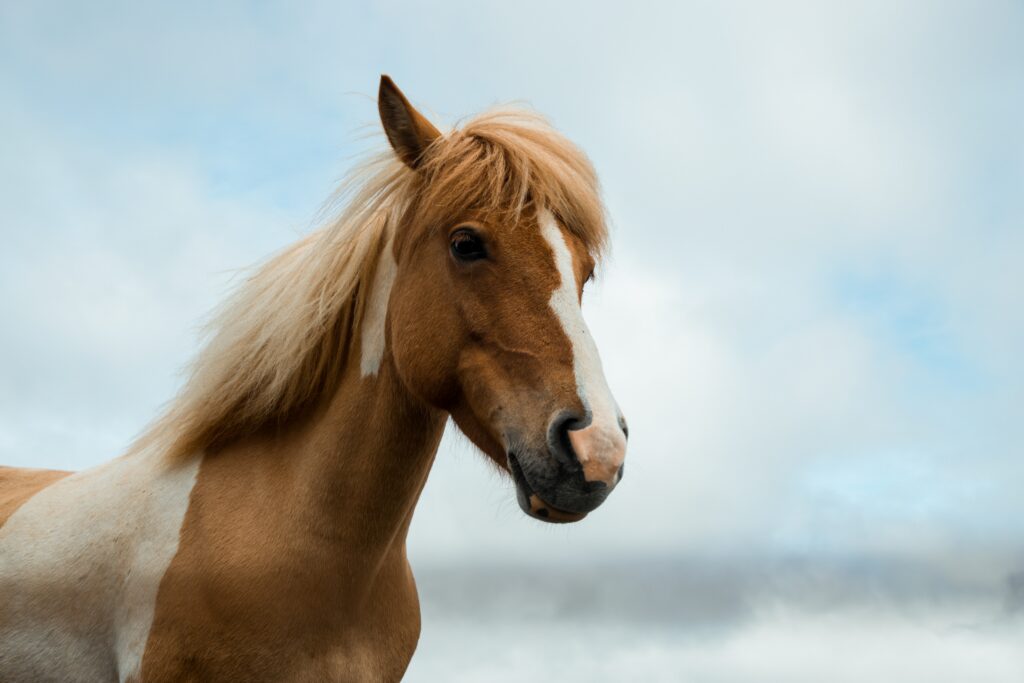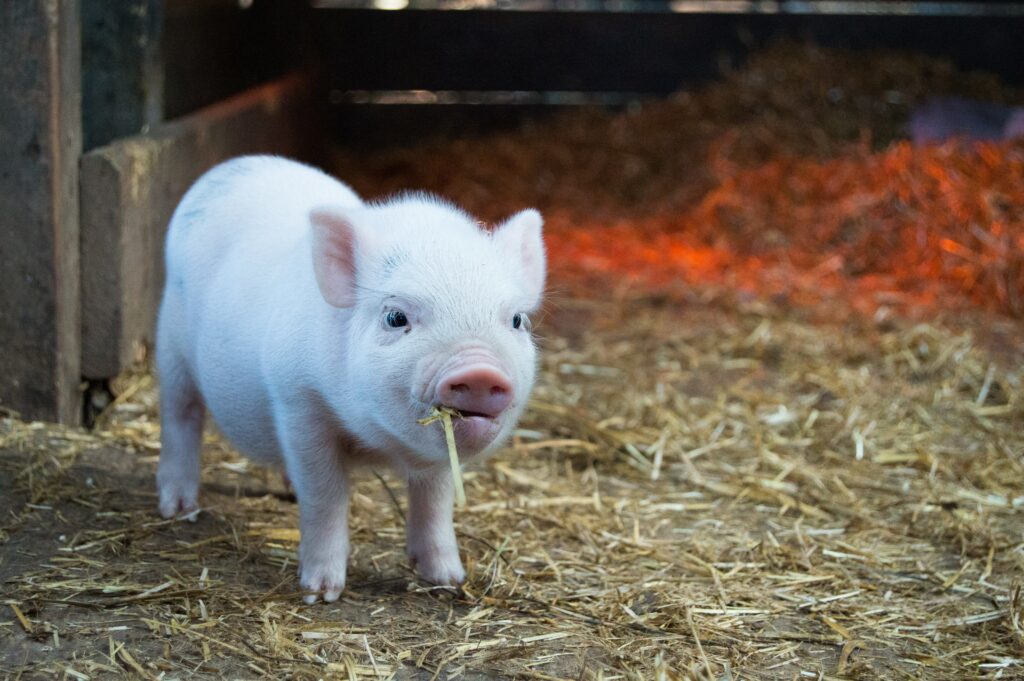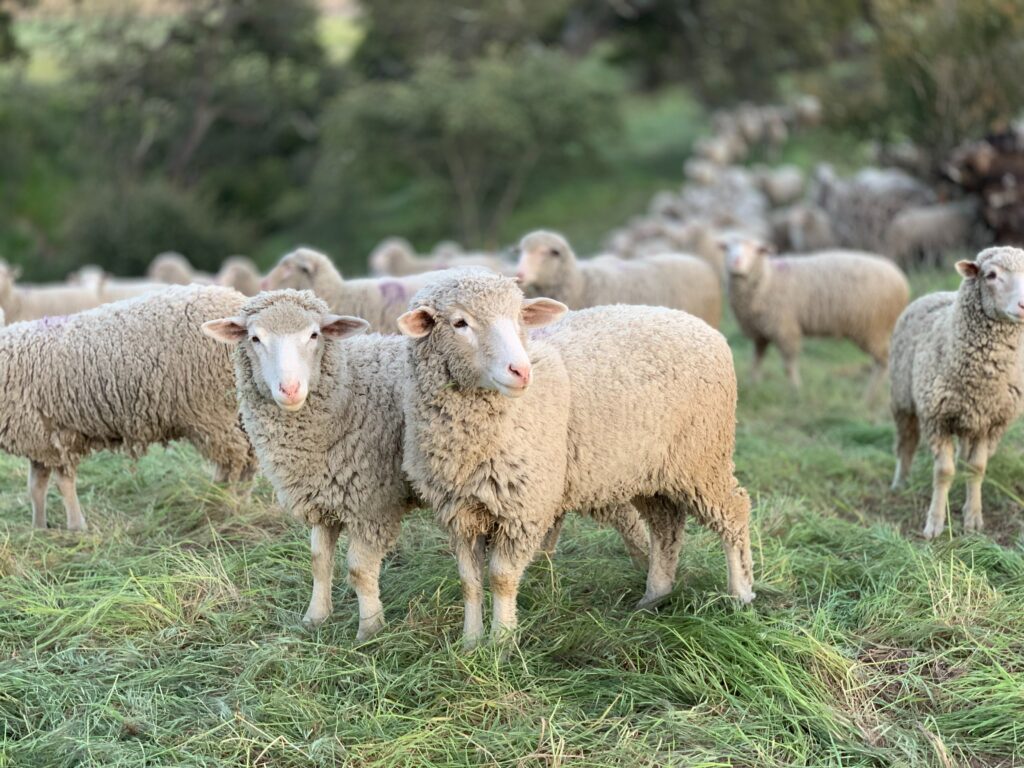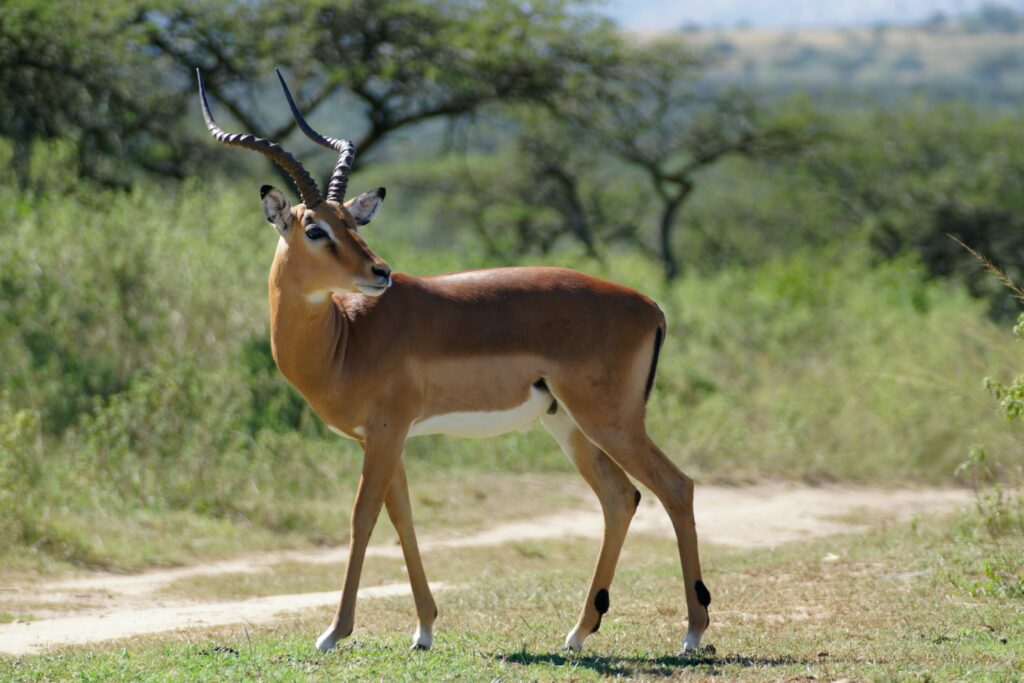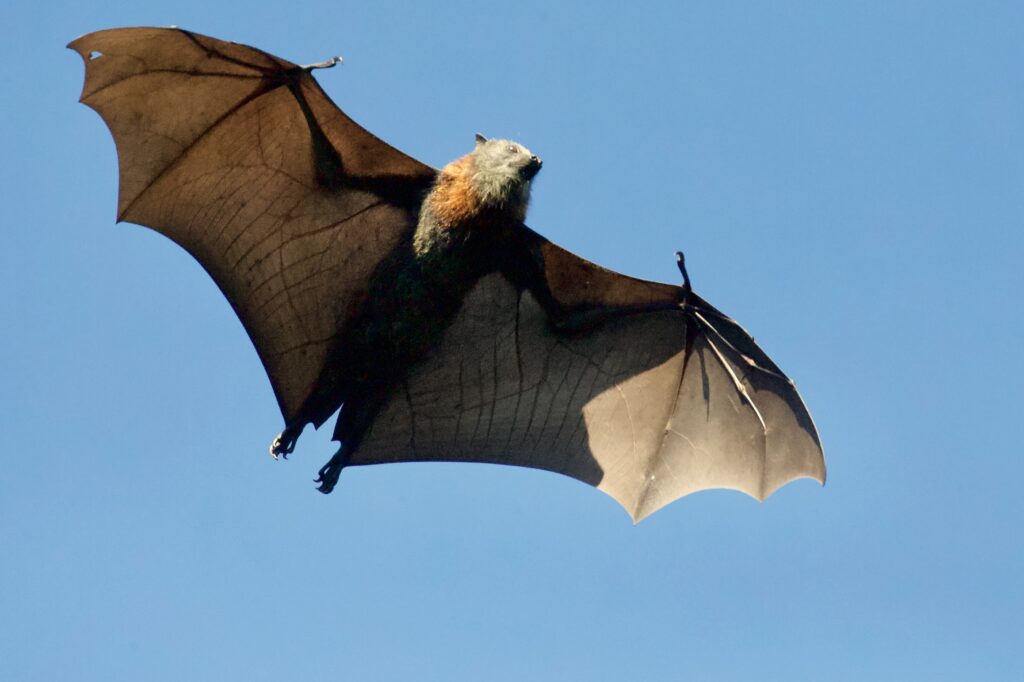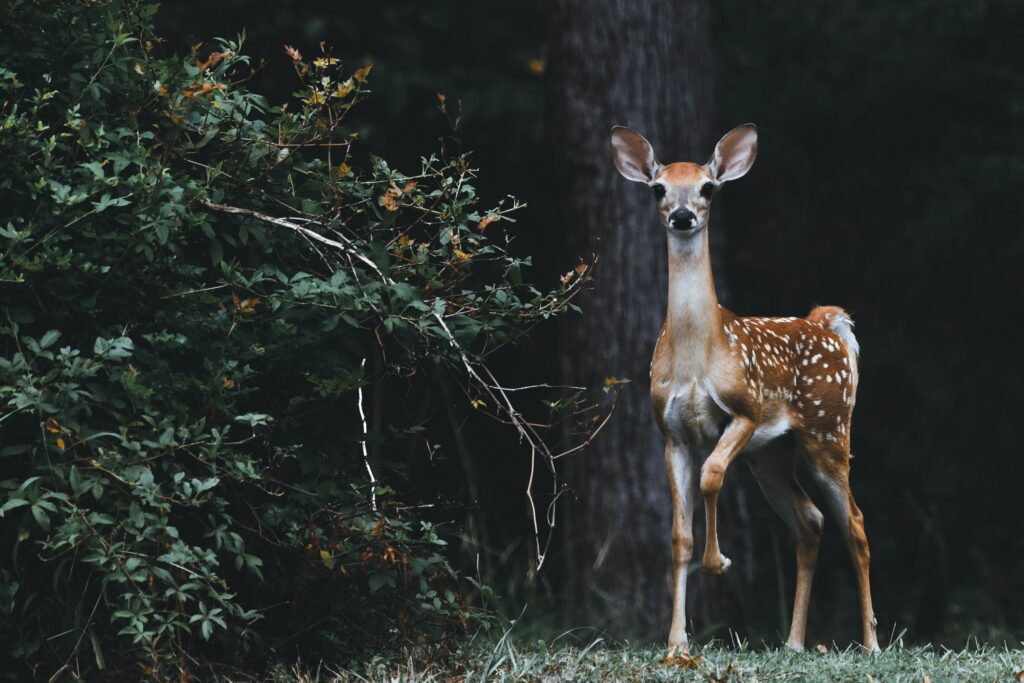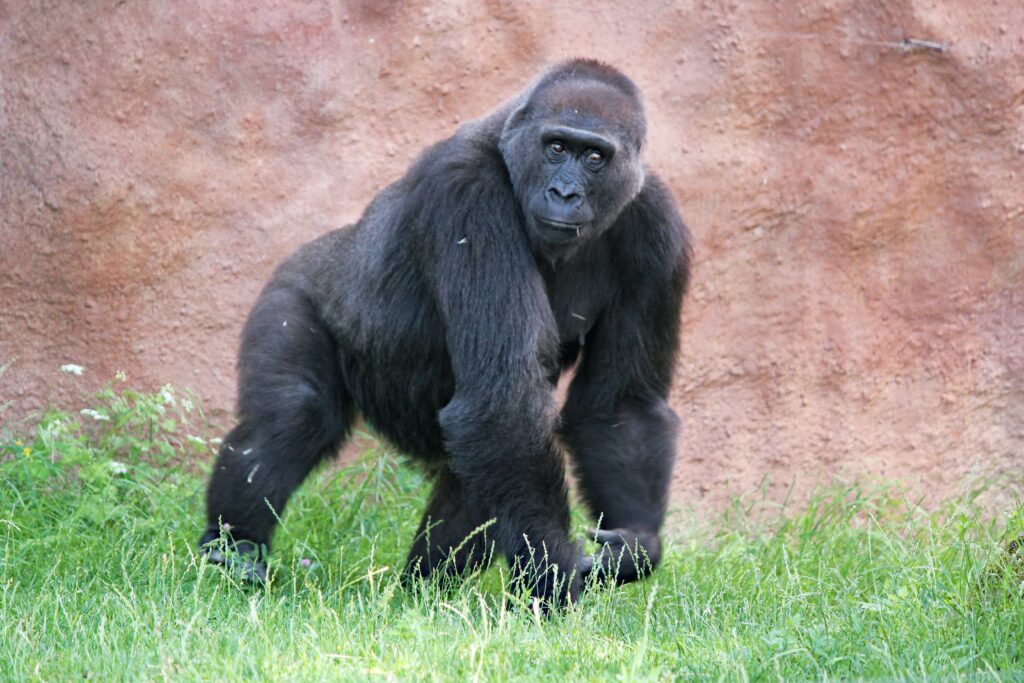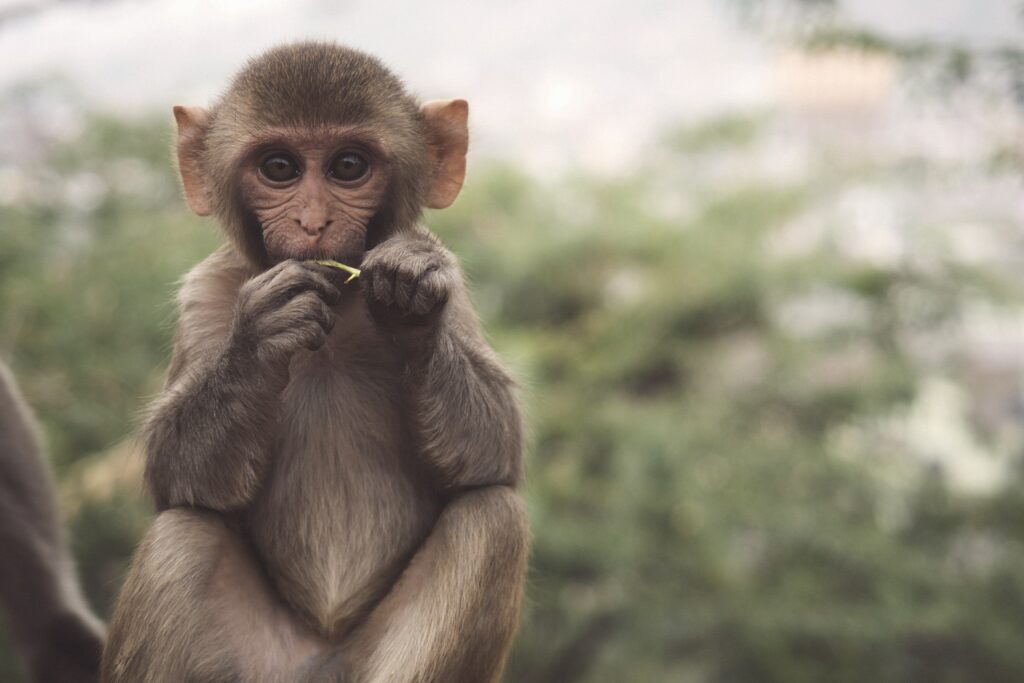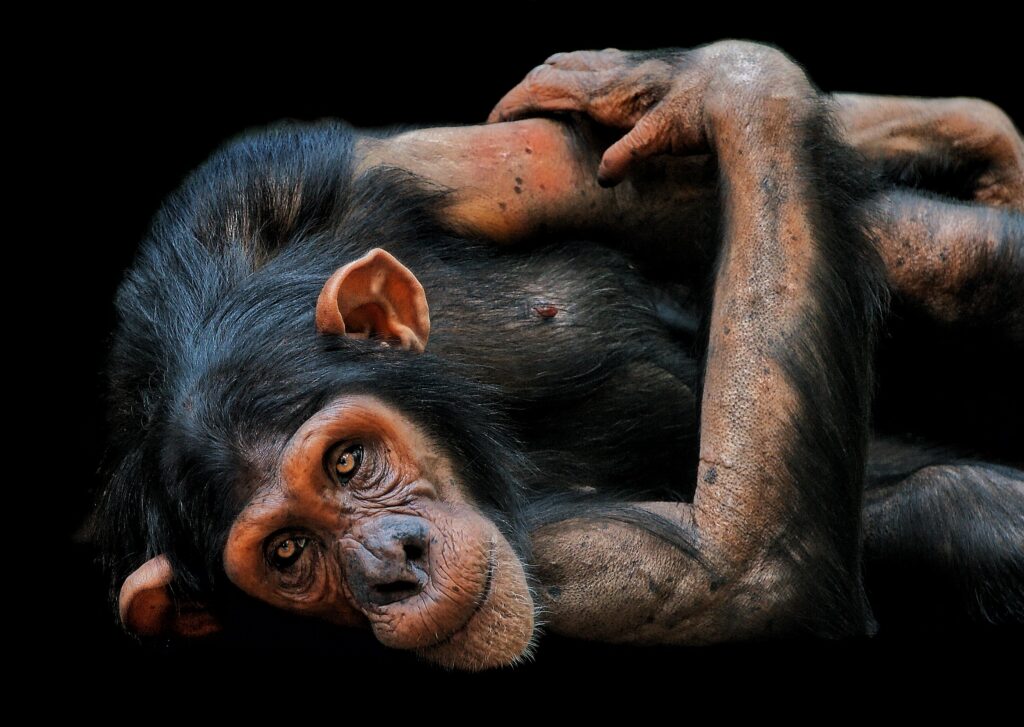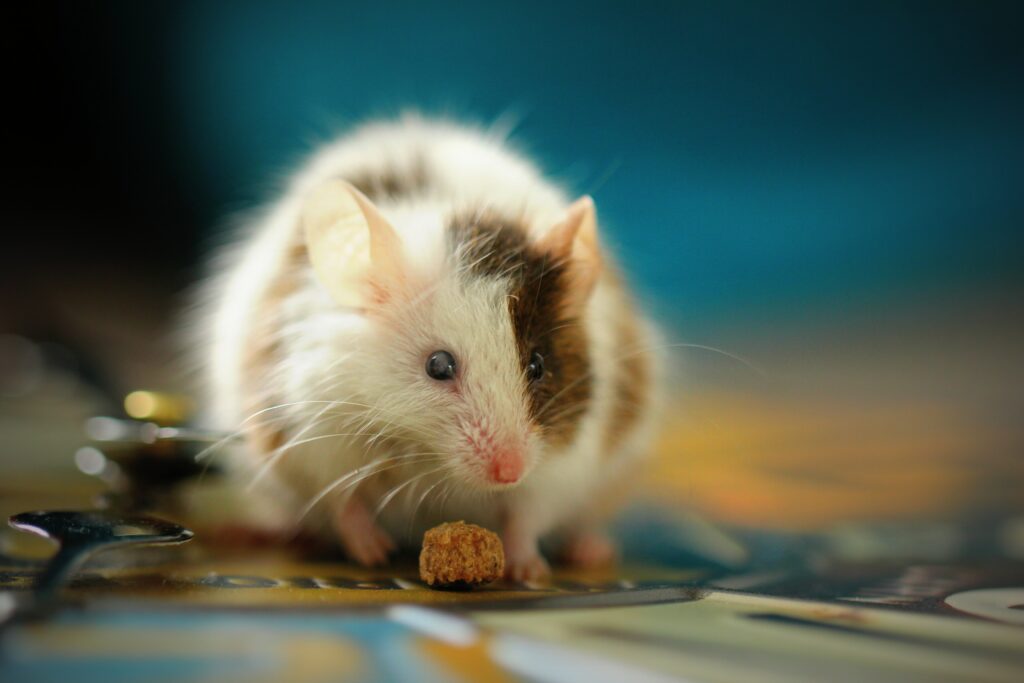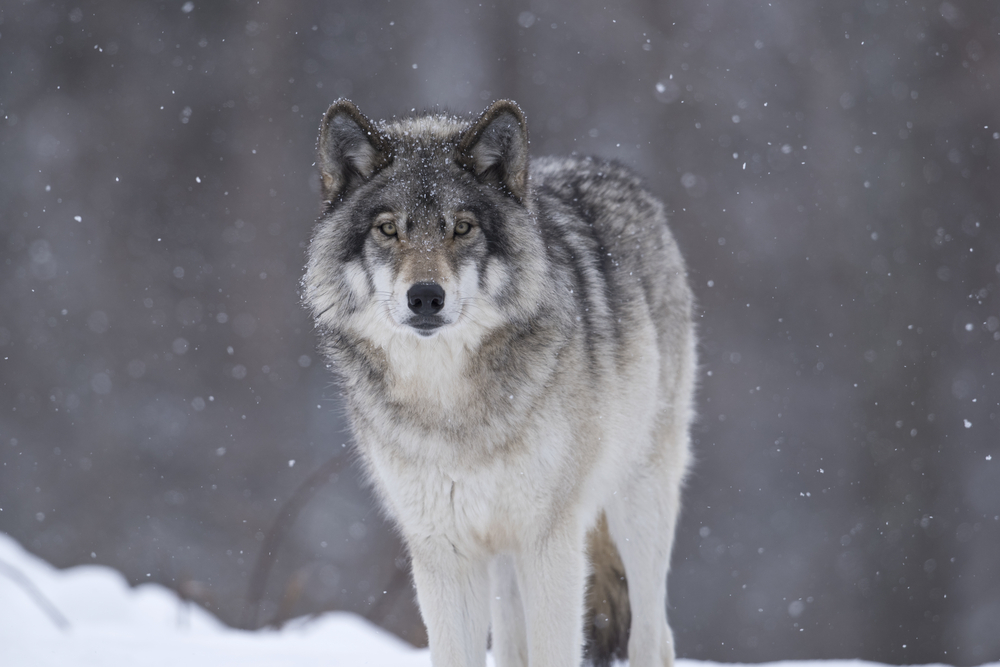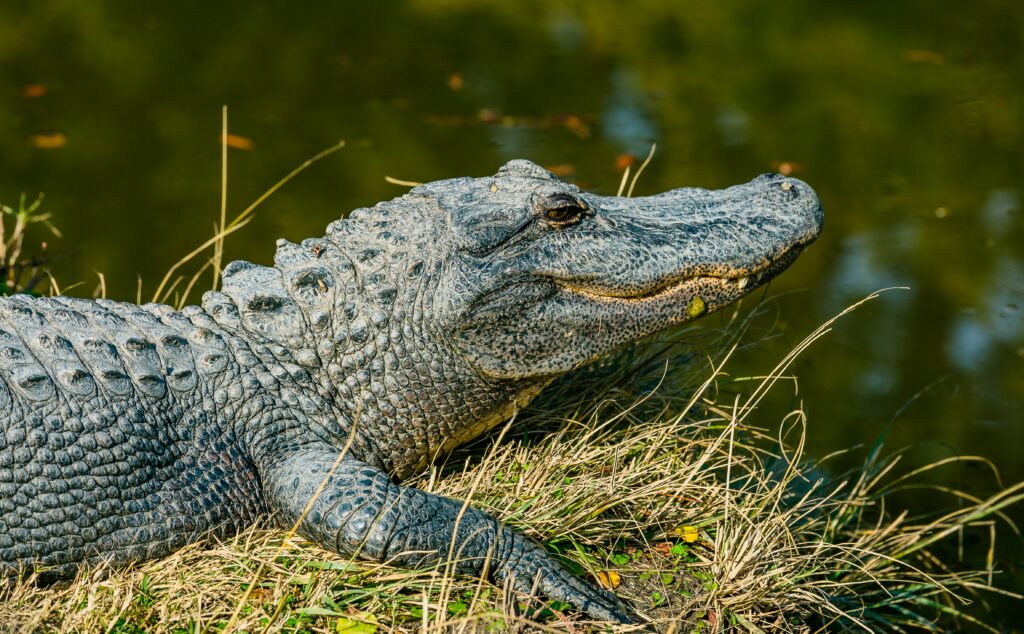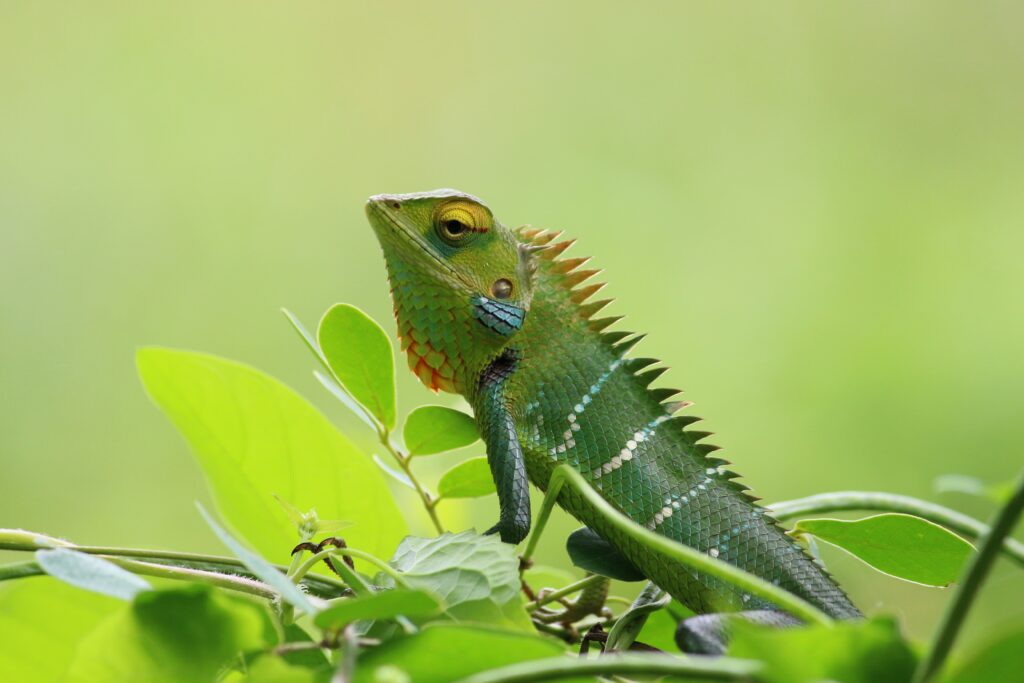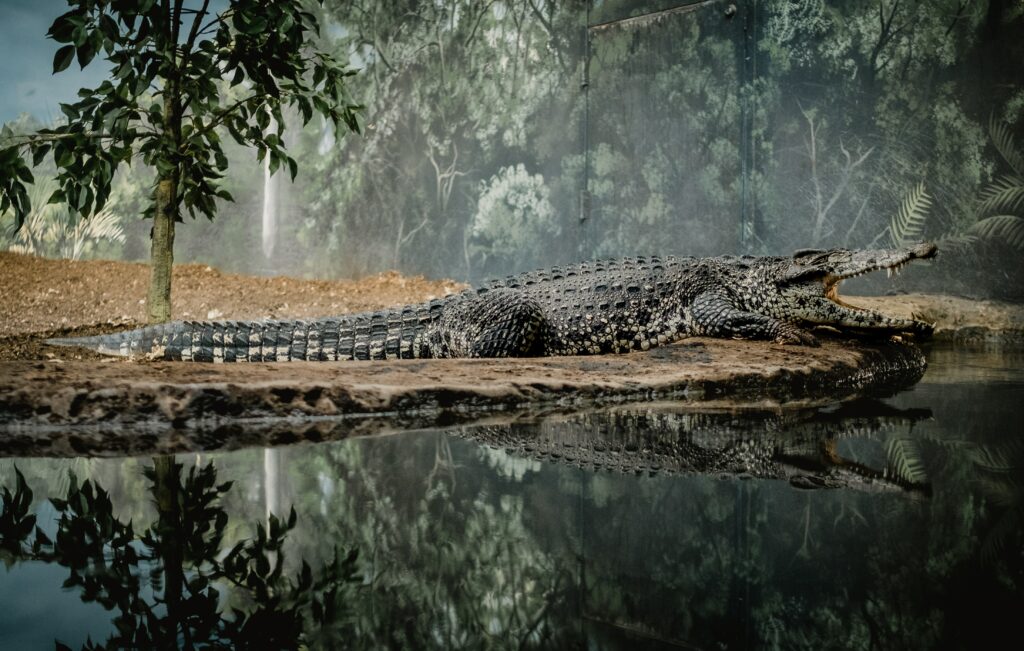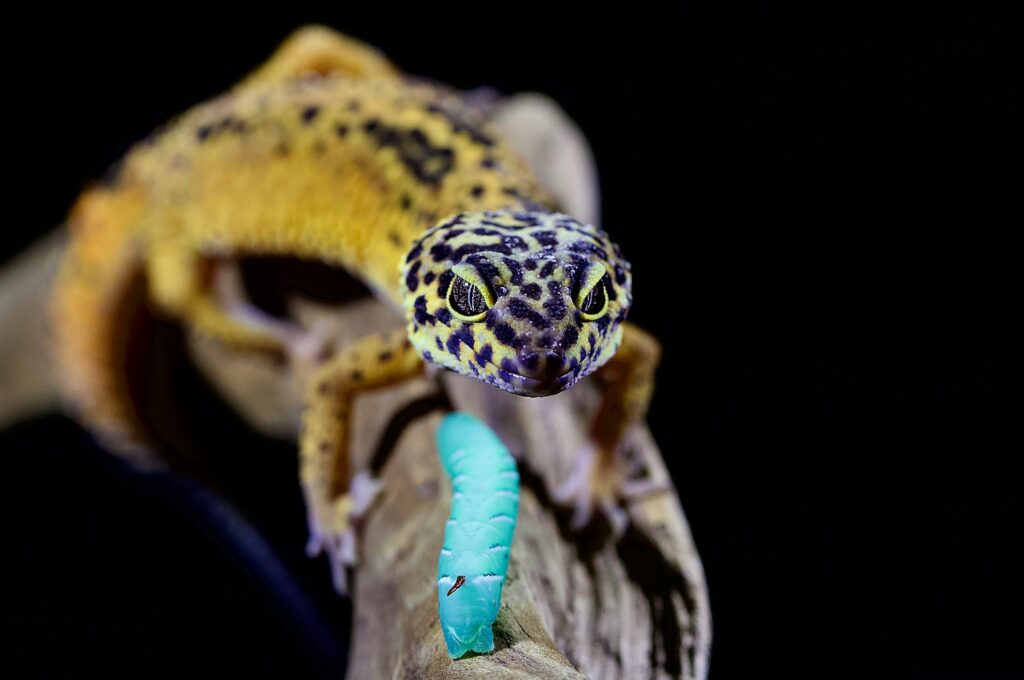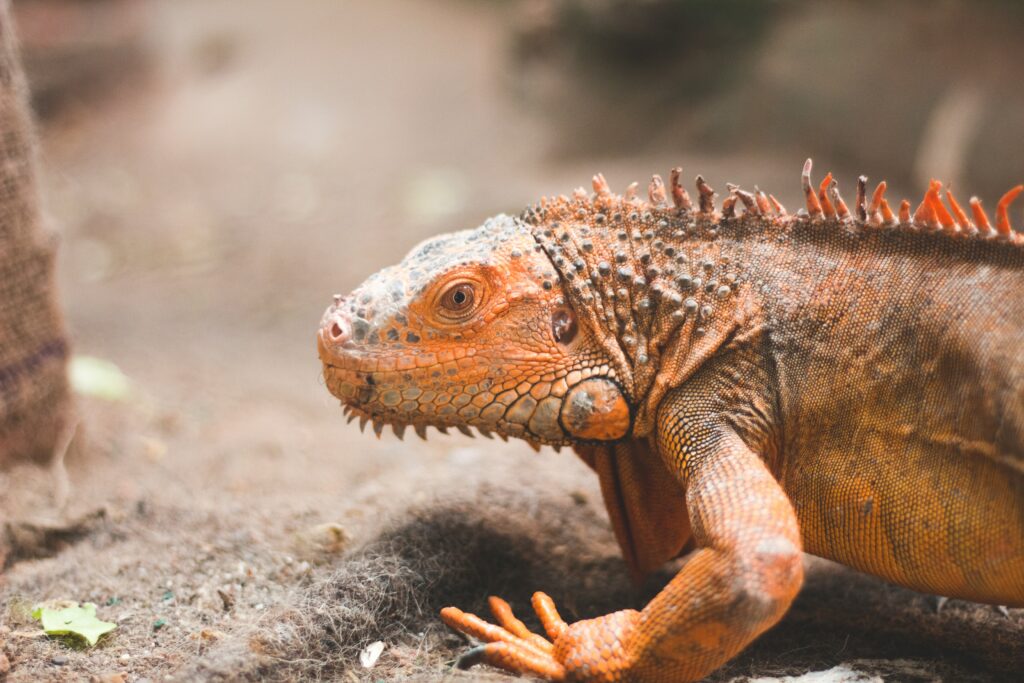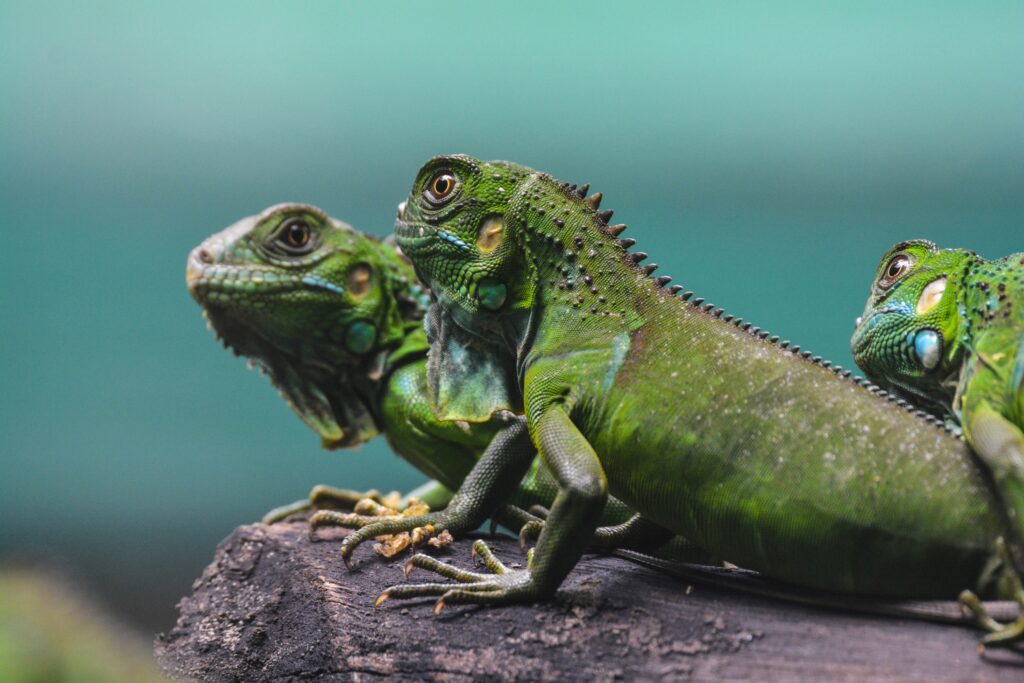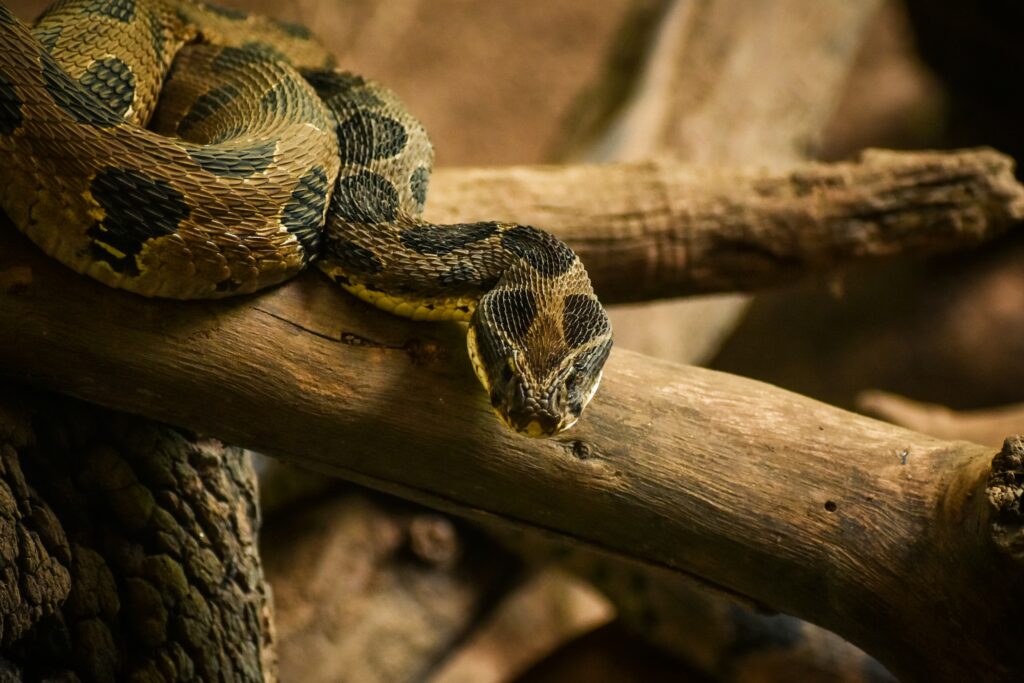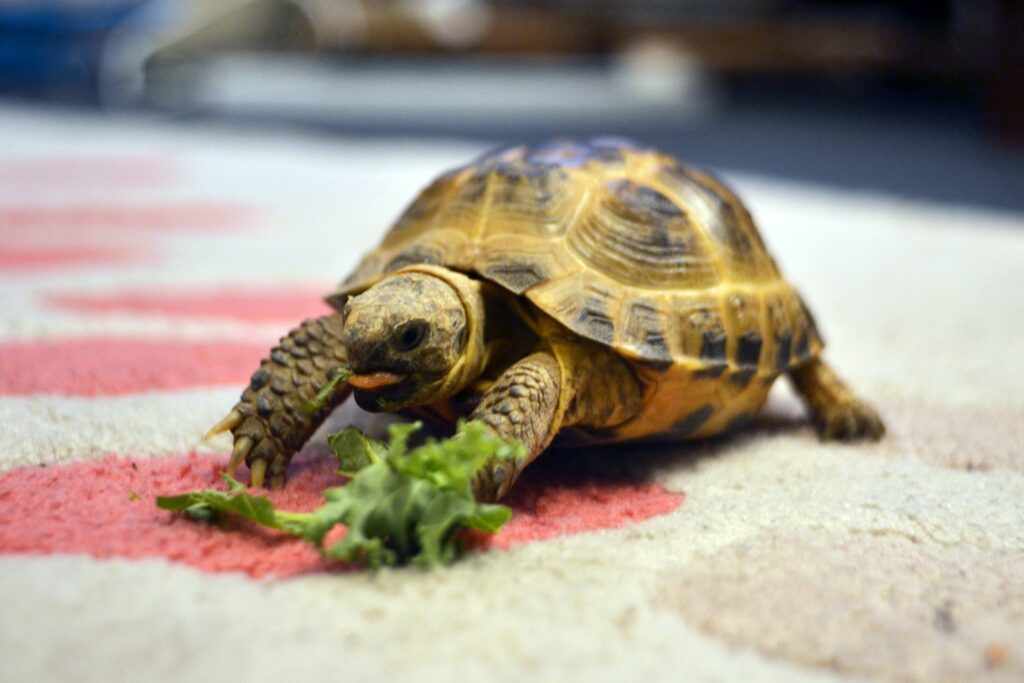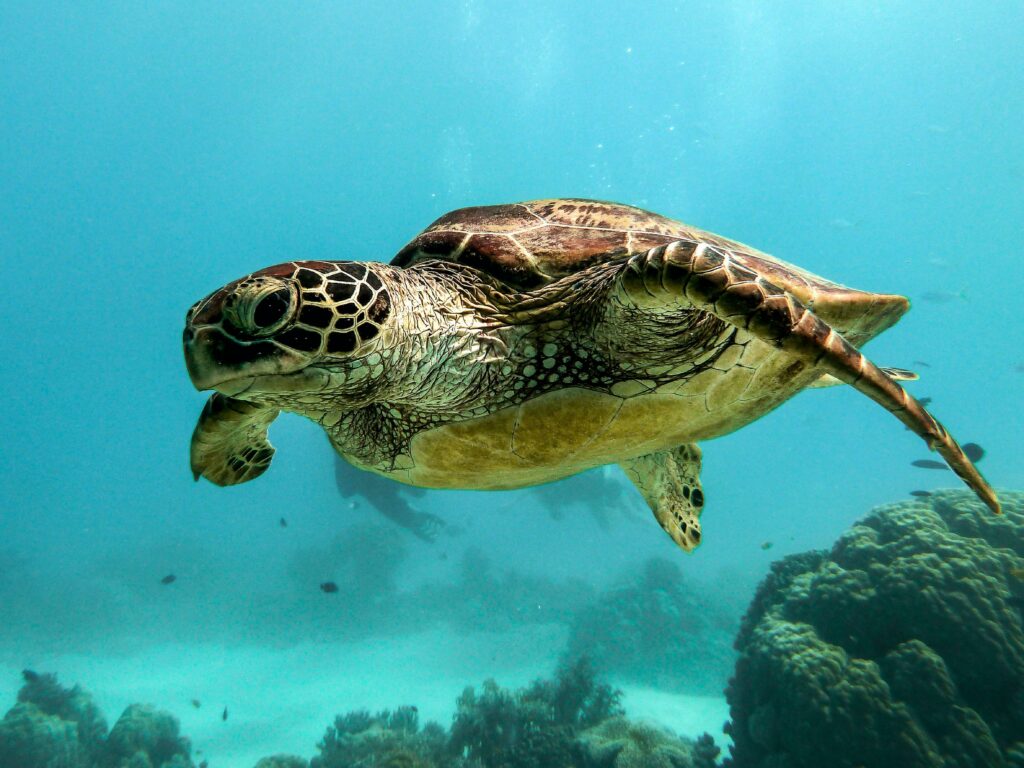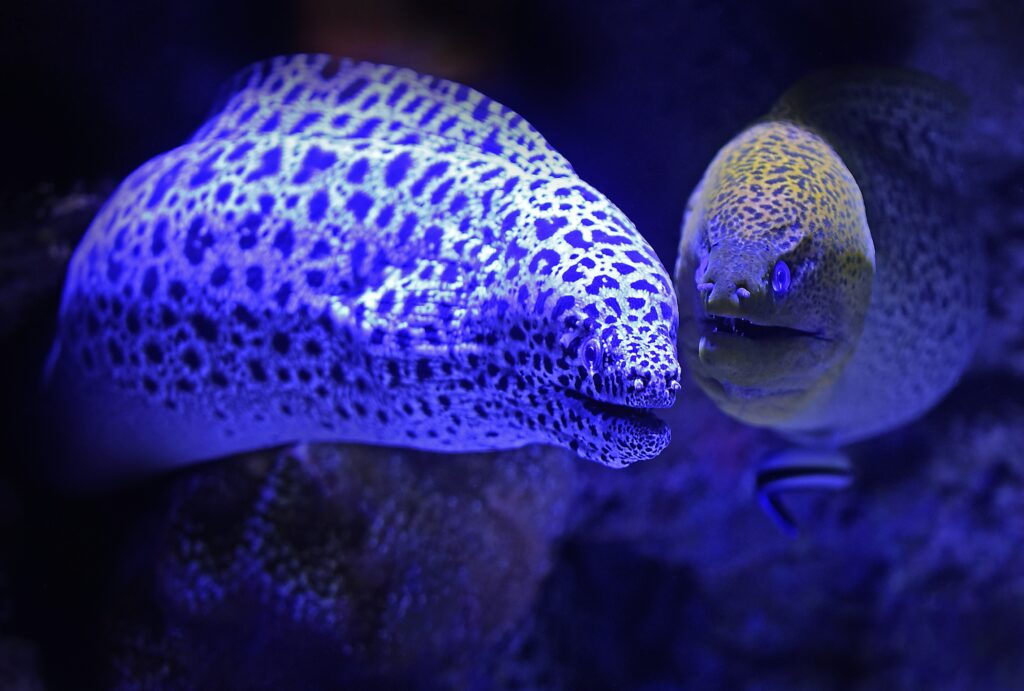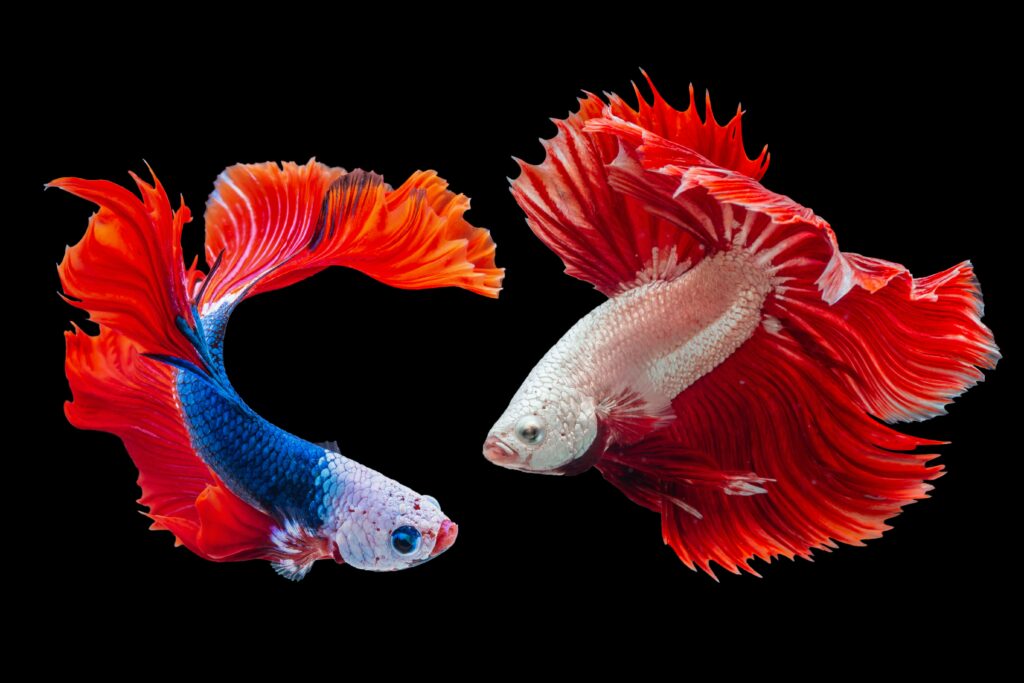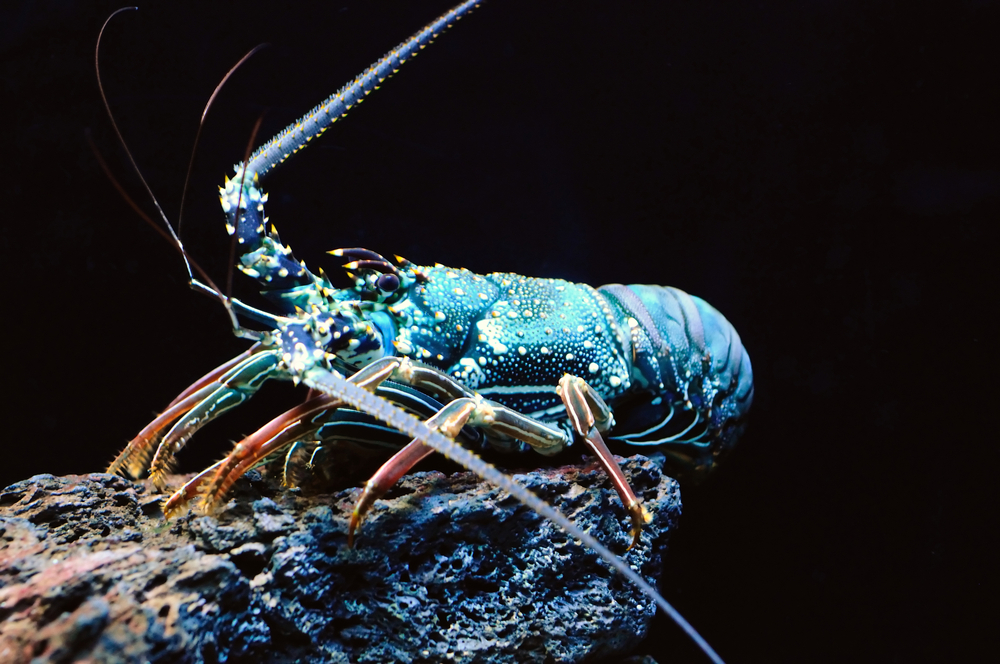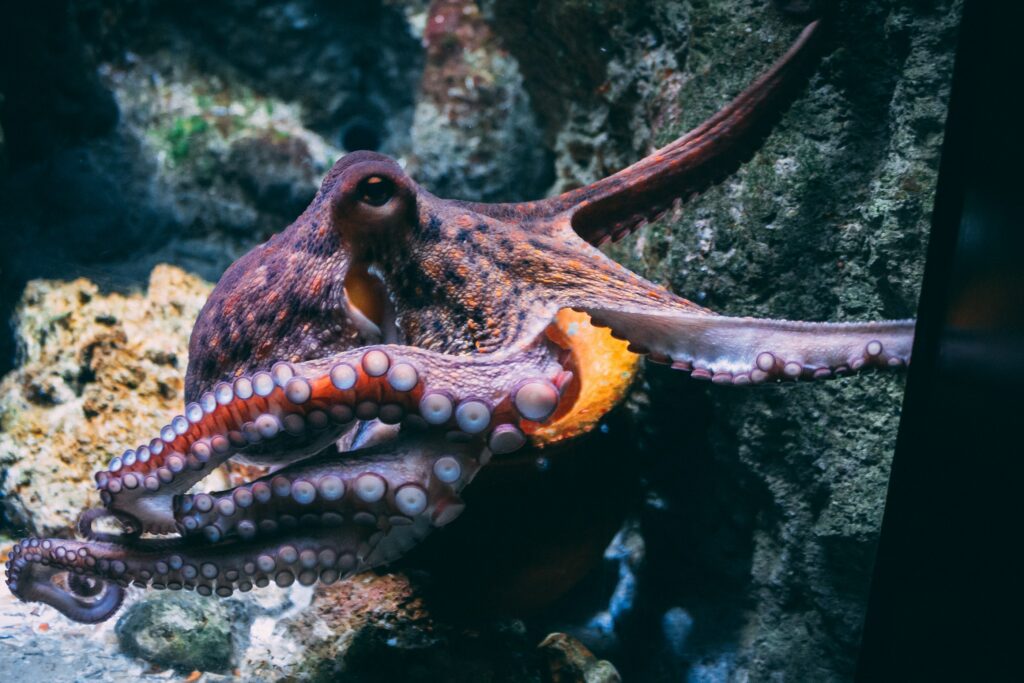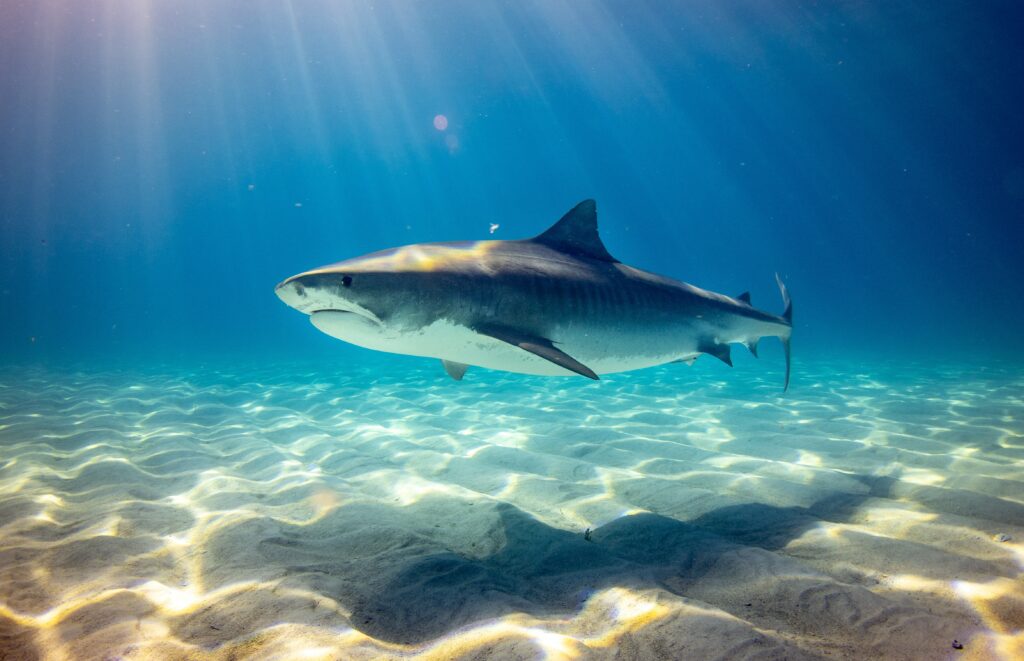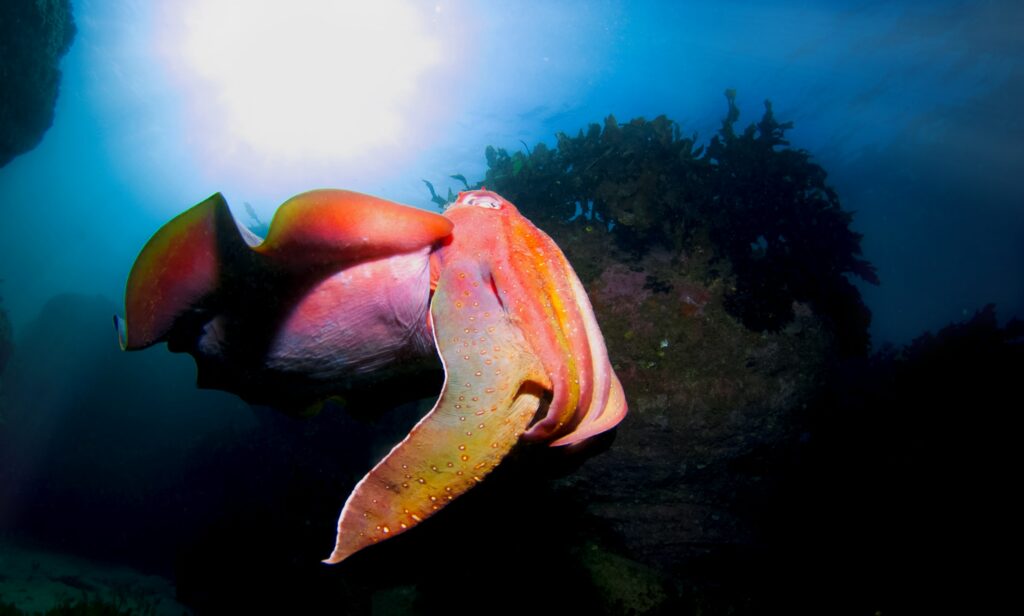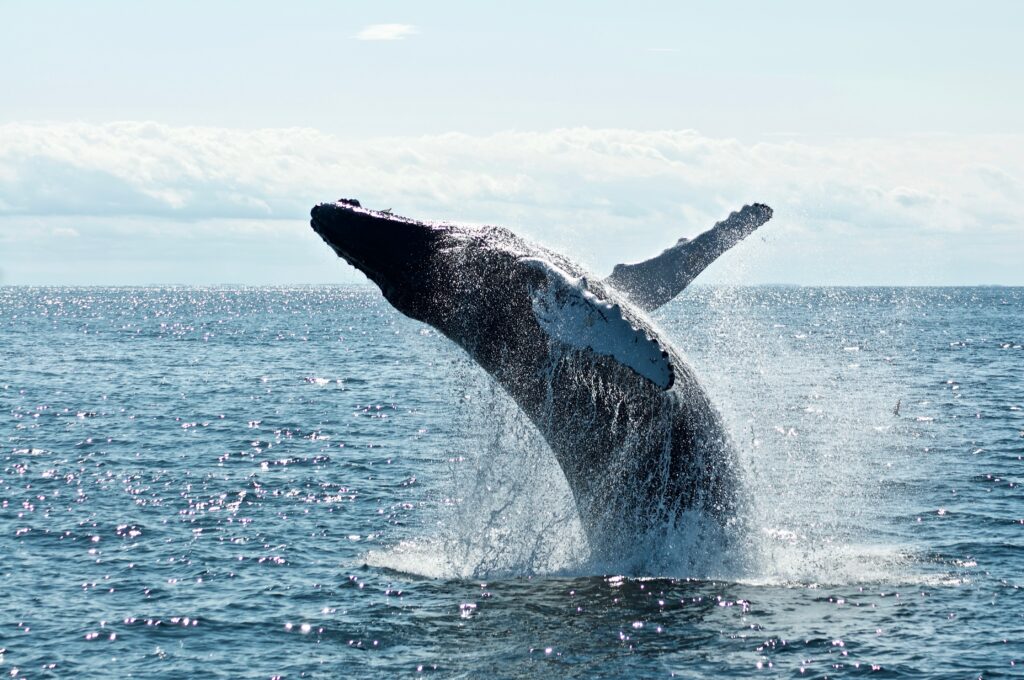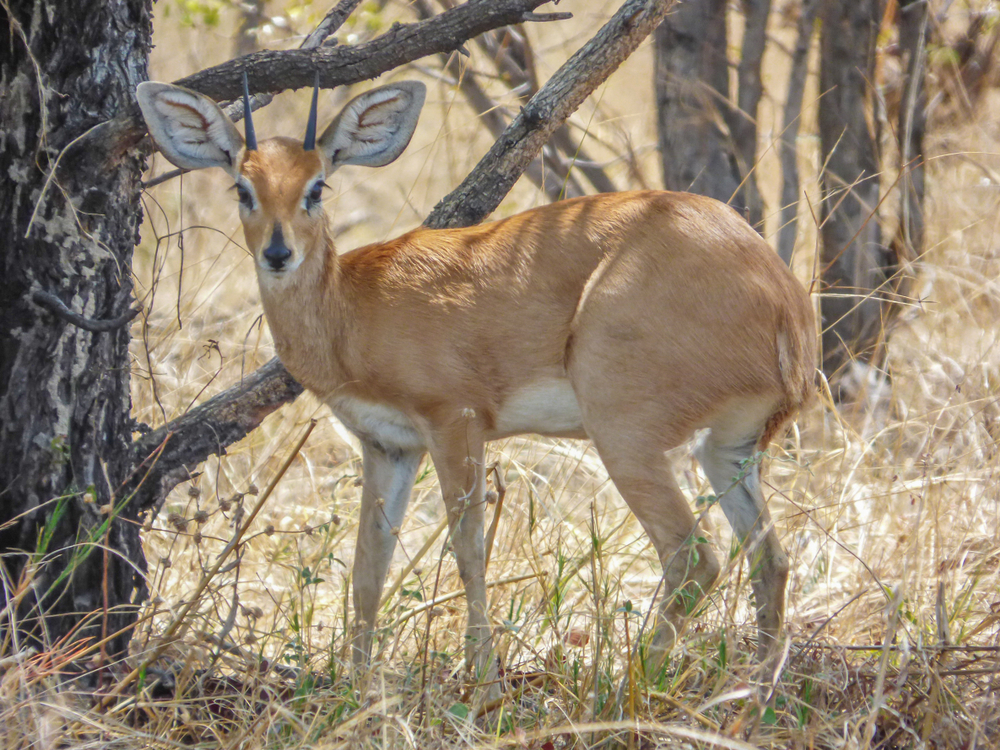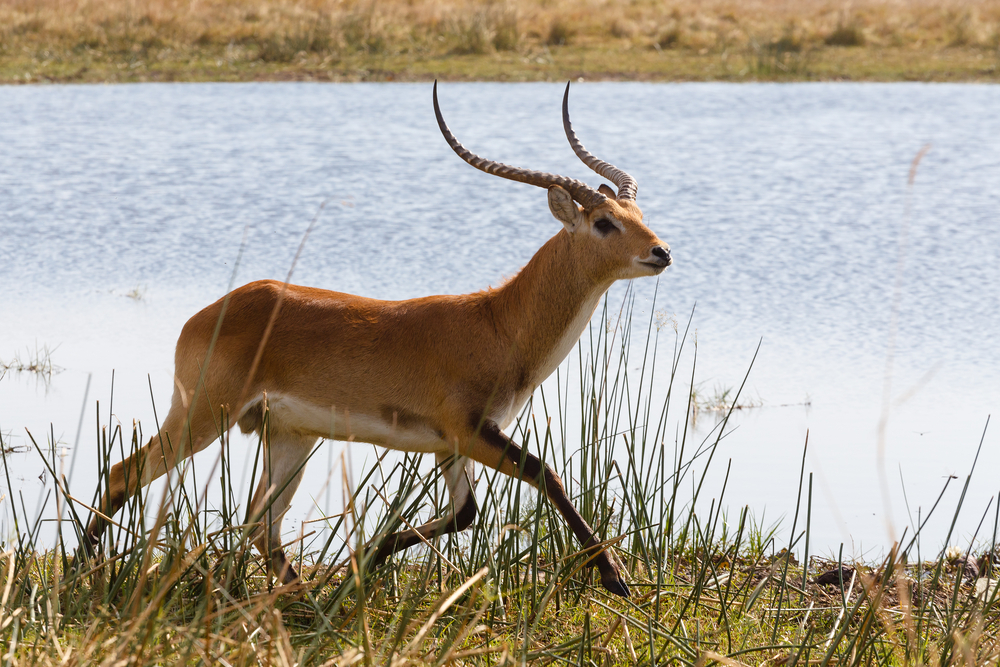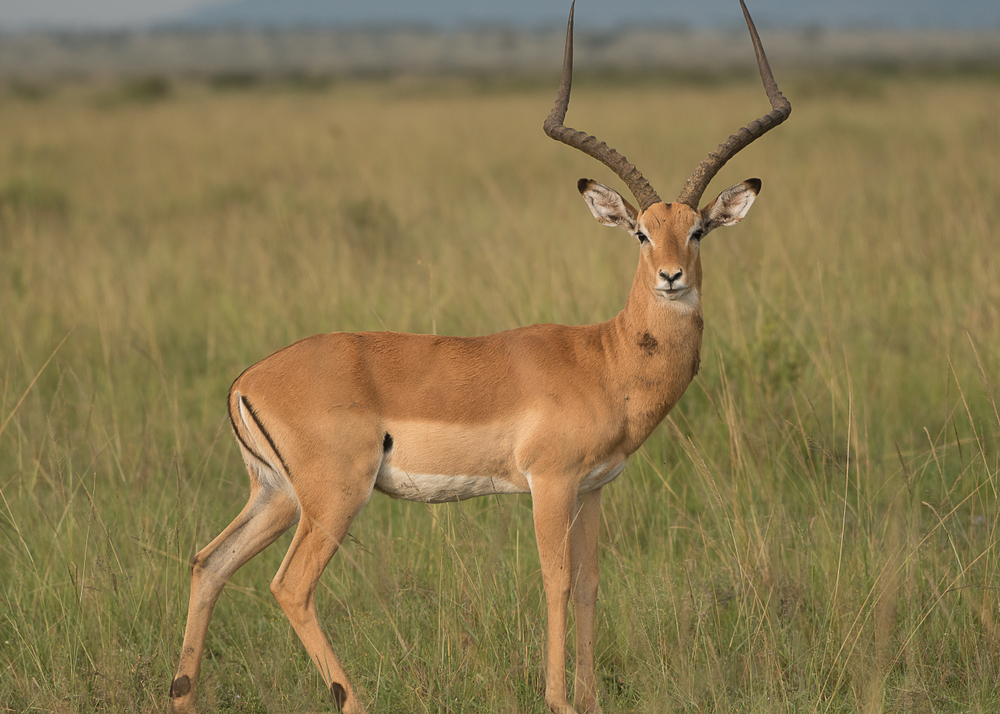Physical Characteristics
Coat:
Duikers display a wide range of coat colors and textures, largely dependent on their species and habitat. Forest-dwelling duikers, such as the Blue Duiker and Red Duiker, often have dense, glossy, and richly colored coats ranging from slate-blue and chestnut to reddish-brown. Savanna and woodland species, like the Common Duiker, exhibit grayer or tawny coats that blend well with drier, open environments. Some species, like the Yellow-backed Duiker, are instantly recognizable by a dark body with a contrasting pale yellow dorsal patch that becomes erect when alarmed.
Despite the diversity in coloration, most duikers have short, sleek fur, and many possess white markings on the face, throat, or underparts. These markings can serve in visual communication and camouflage in dappled light.
Face:
Duikers have a short, wedge-shaped face with large, rounded ears and a slightly hunched posture due to the slope of their back. Many species exhibit distinct facial markings such as stripes, white bands, or pale eyebrows. A noticeable preorbital gland (located beneath the eyes) is often prominent and used for territorial scent marking. Their eyes are large and expressive, well-adapted for vision in dim light.
Body:
The typical duiker body is compact, low-slung, and built for agility in dense vegetation. Their backs slope downward from shoulder to hindquarters, giving them a hunched appearance. Their limbs are short and sturdy, allowing them to dart quickly through thick underbrush rather than relying on speed in open terrain.
This form is consistent across species, although body size varies dramatically. The smallest duiker, the Blue Duiker, stands about 30 cm (12 inches) at the shoulder, while the Yellow-backed Duiker can stand up to 80 cm (31 inches) and weigh over 80 kg (176 lbs).
Tail:
Most duikers have a short, tufted tail, often with a lighter underside that may be flicked as a signal when alarmed. In forest species, the tail is typically inconspicuous, while savanna species may use tail flicks for communication.
Size:
Duiker size ranges dramatically across species:
-
Small Duikers (e.g., Blue Duiker):
Body length: ~20–35 inches (50–90 cm)
Shoulder height: ~12–16 inches (30–40 cm)
Weight: 4–6 kg (9–13 lbs)
-
Medium Duikers (e.g., Red or Common Duiker):
Body length: ~35–50 inches (90–130 cm)
Shoulder height: ~18–24 inches (45–60 cm)
Weight: 15–25 kg (33–55 lbs)
-
Large Duikers (e.g., Yellow-backed Duiker):
Body length: up to ~65 inches (165 cm)
Shoulder height: up to ~31 inches (80 cm)
Weight: 60–80 kg (132–176 lbs)
Horns:
Horns are typically short, straight, and backward-pointing, present in both sexes in some species, but only in males in others. Horn length and shape vary—Blue Duikers may have tiny 2-inch horns, while the Yellow-backed Duiker can have horns up to 8 inches (20 cm). Horns are often partially hidden by tufts of hair on the forehead.
Adaptations:
Duikers are uniquely adapted to life in dense cover. Their small, hunched bodies allow them to move quietly and efficiently through thickets and forest floors. Their coloration matches their specific environment—whether the dark shadows of a rainforest or the sunlit dryness of savanna scrub. Most species have keen senses of hearing and smell, and their preorbital glands play an essential role in scent marking and communication in the understory.

